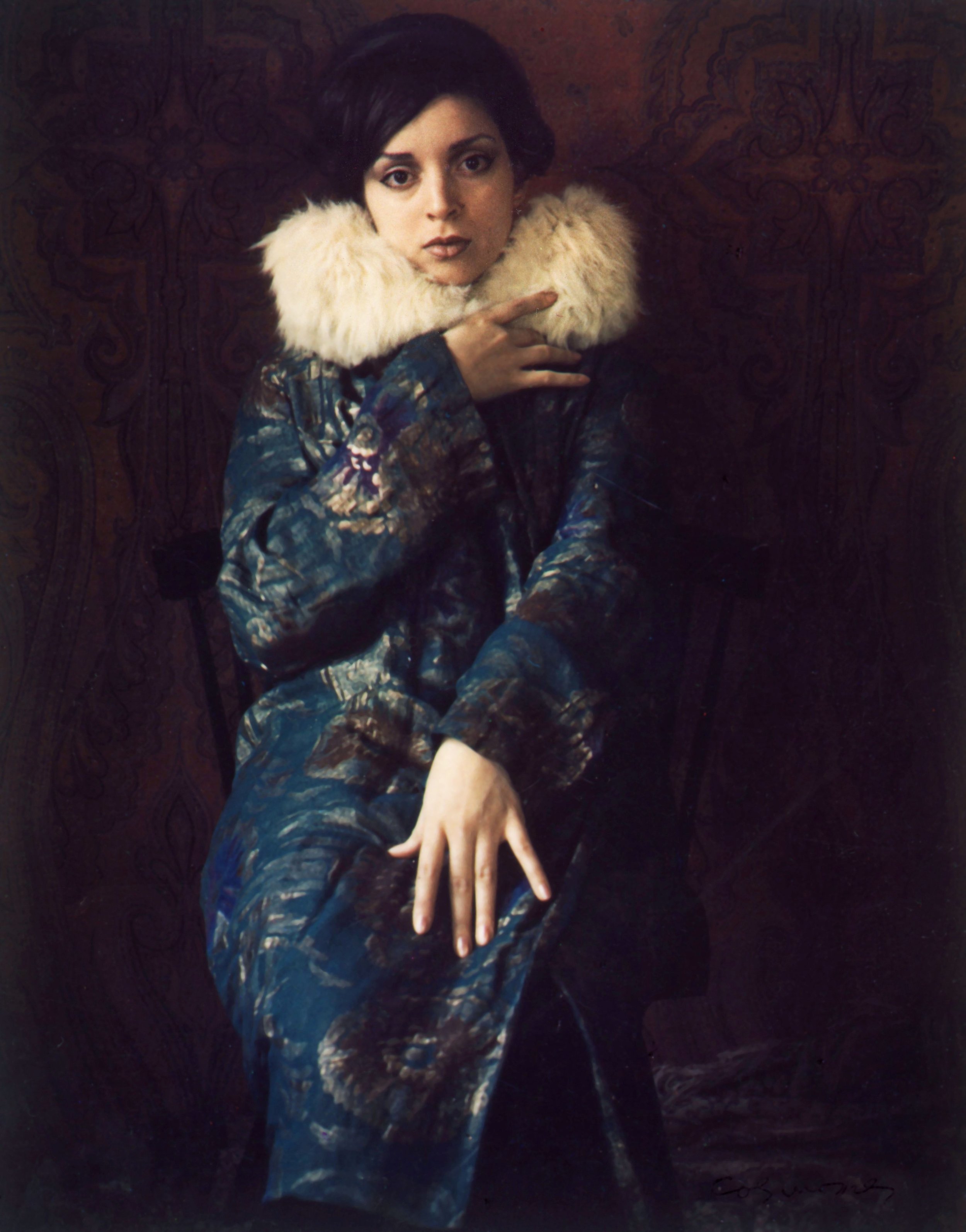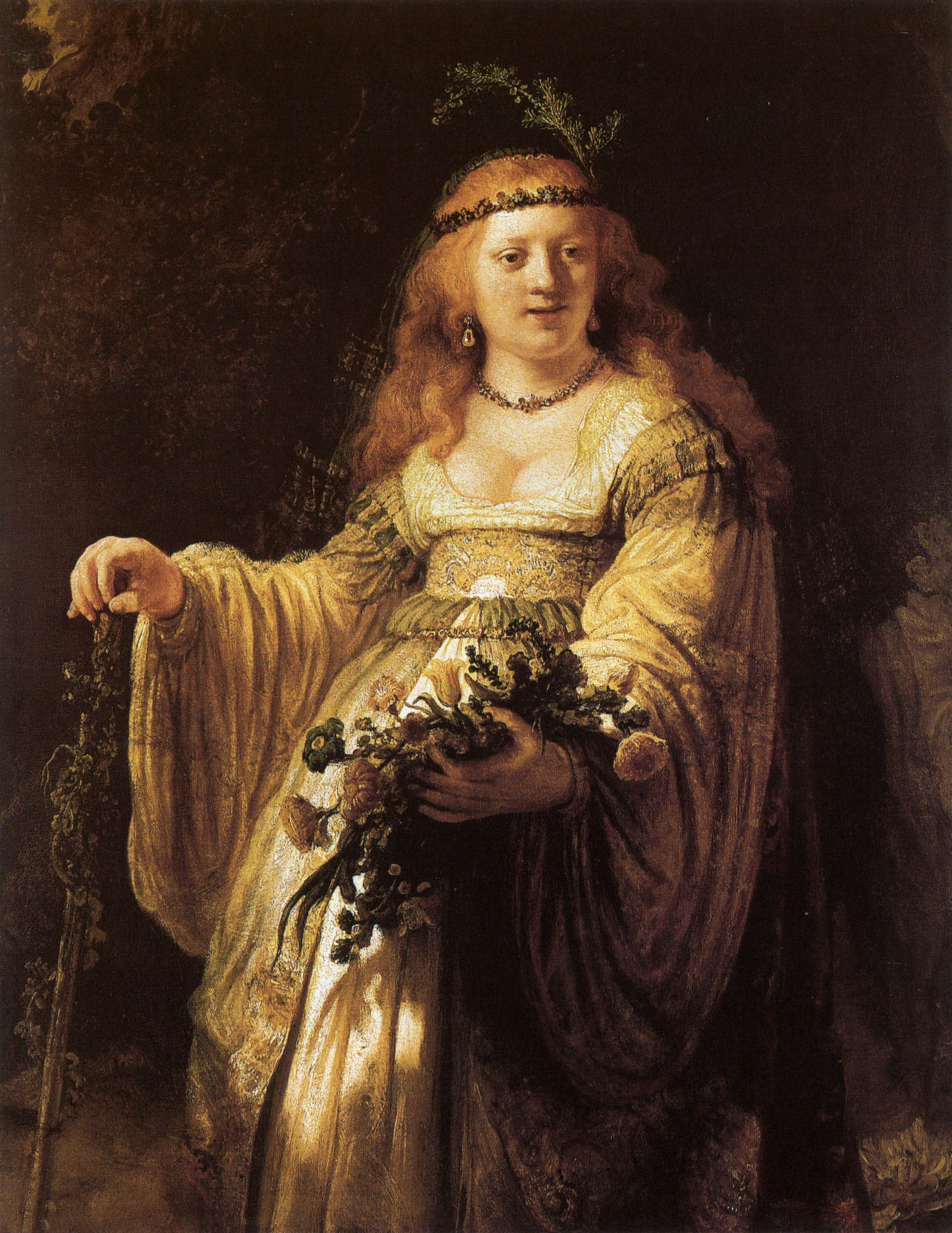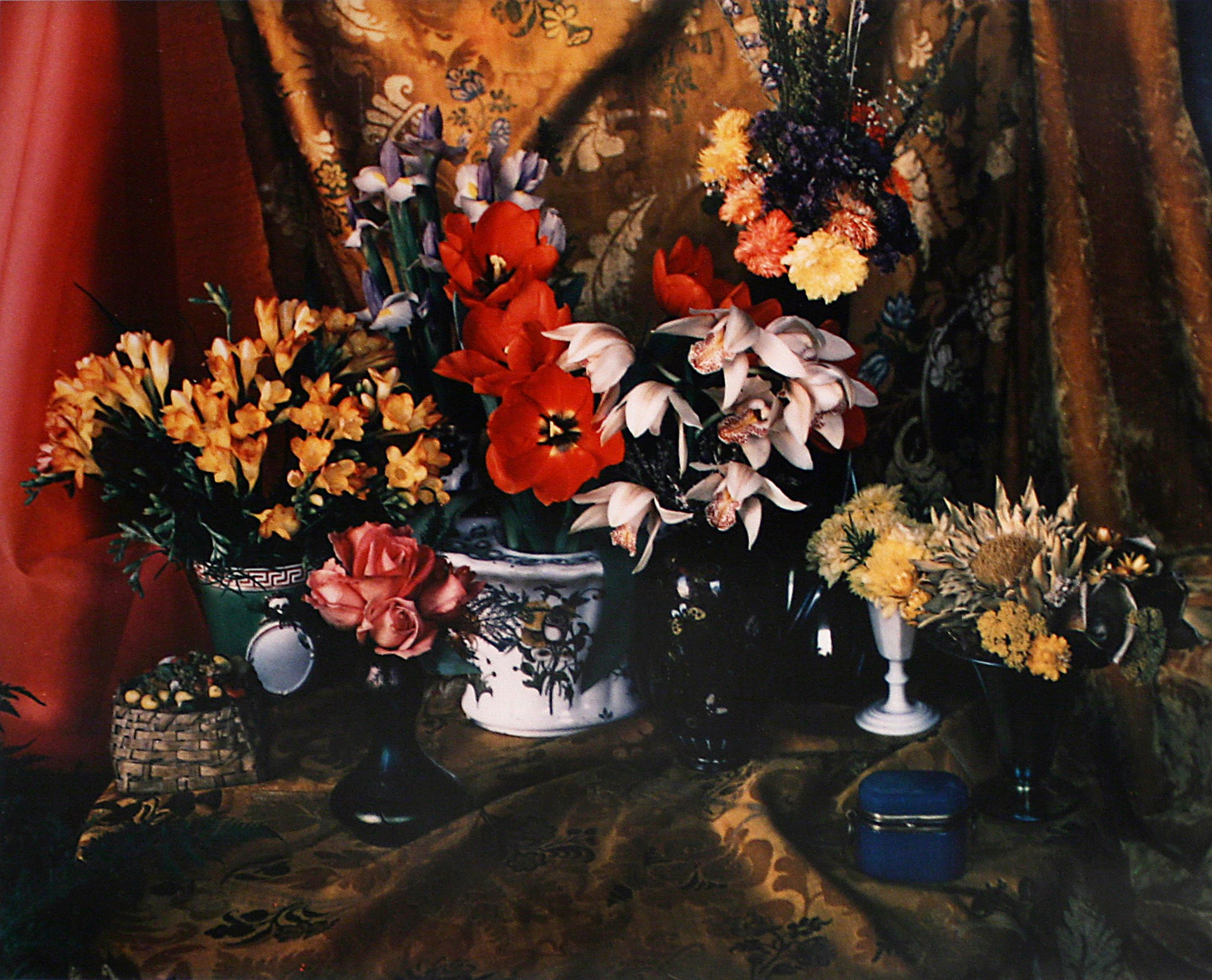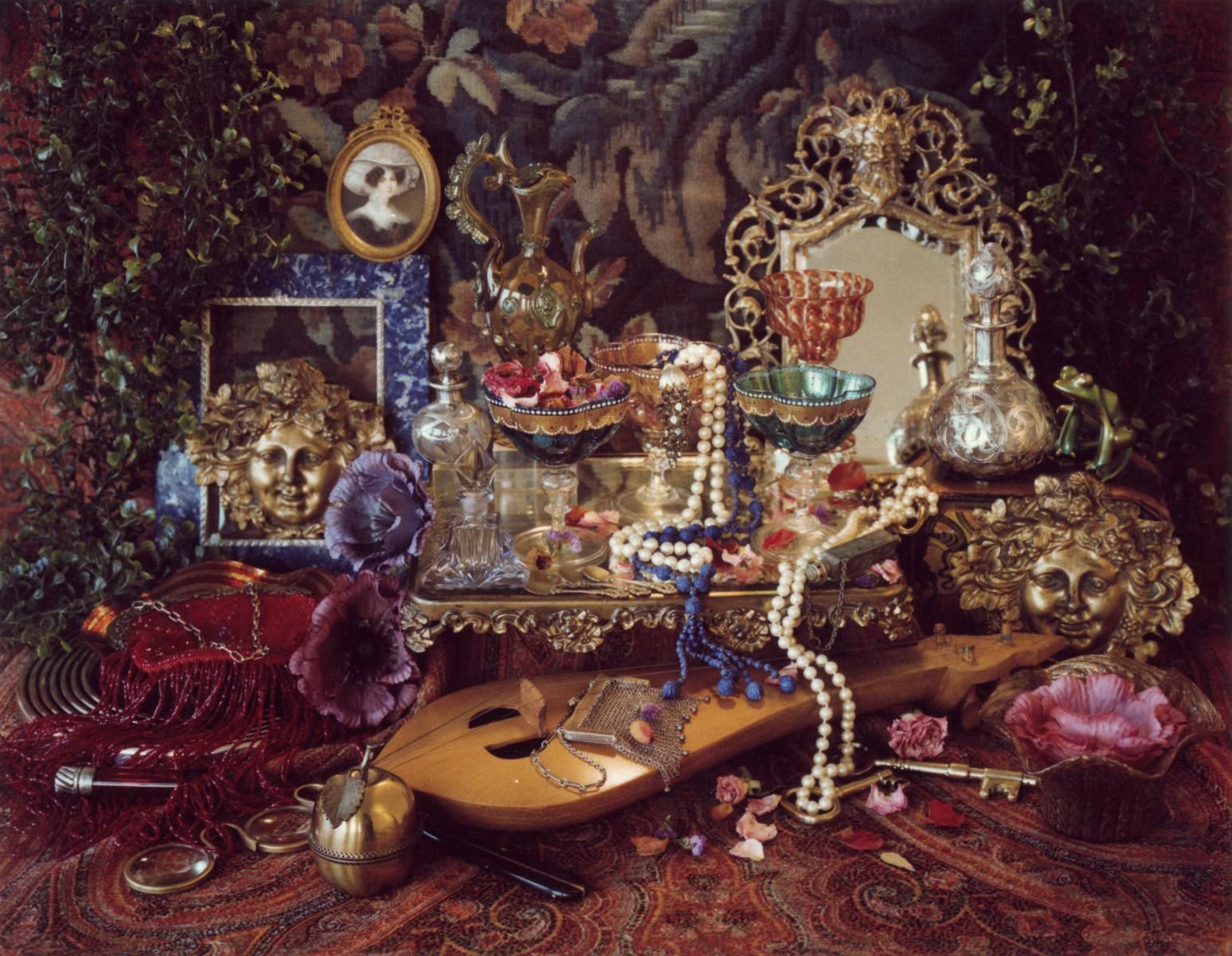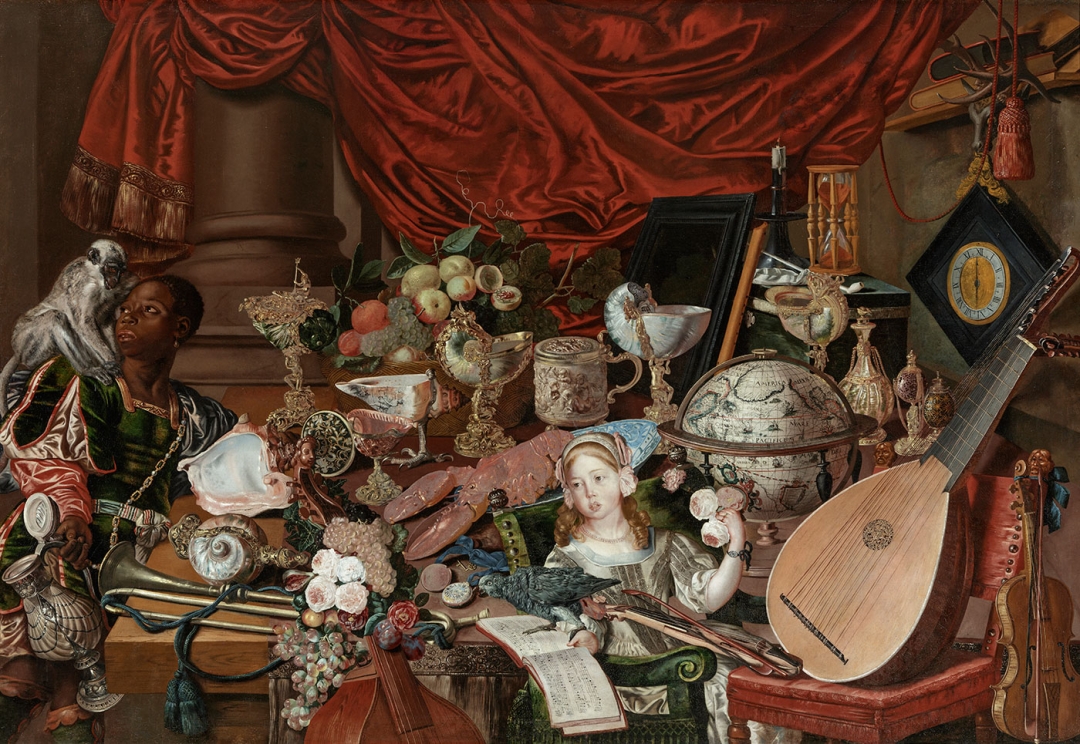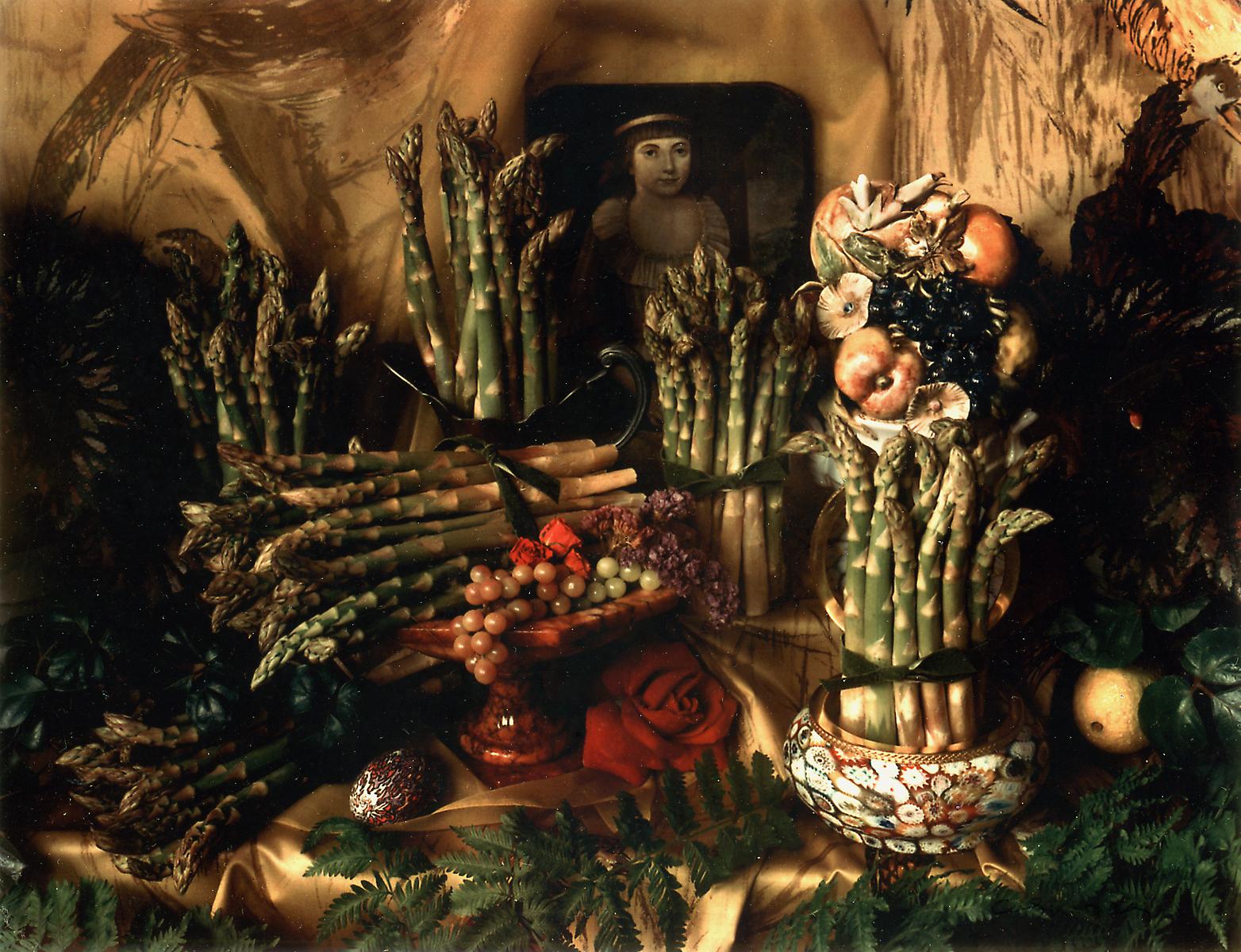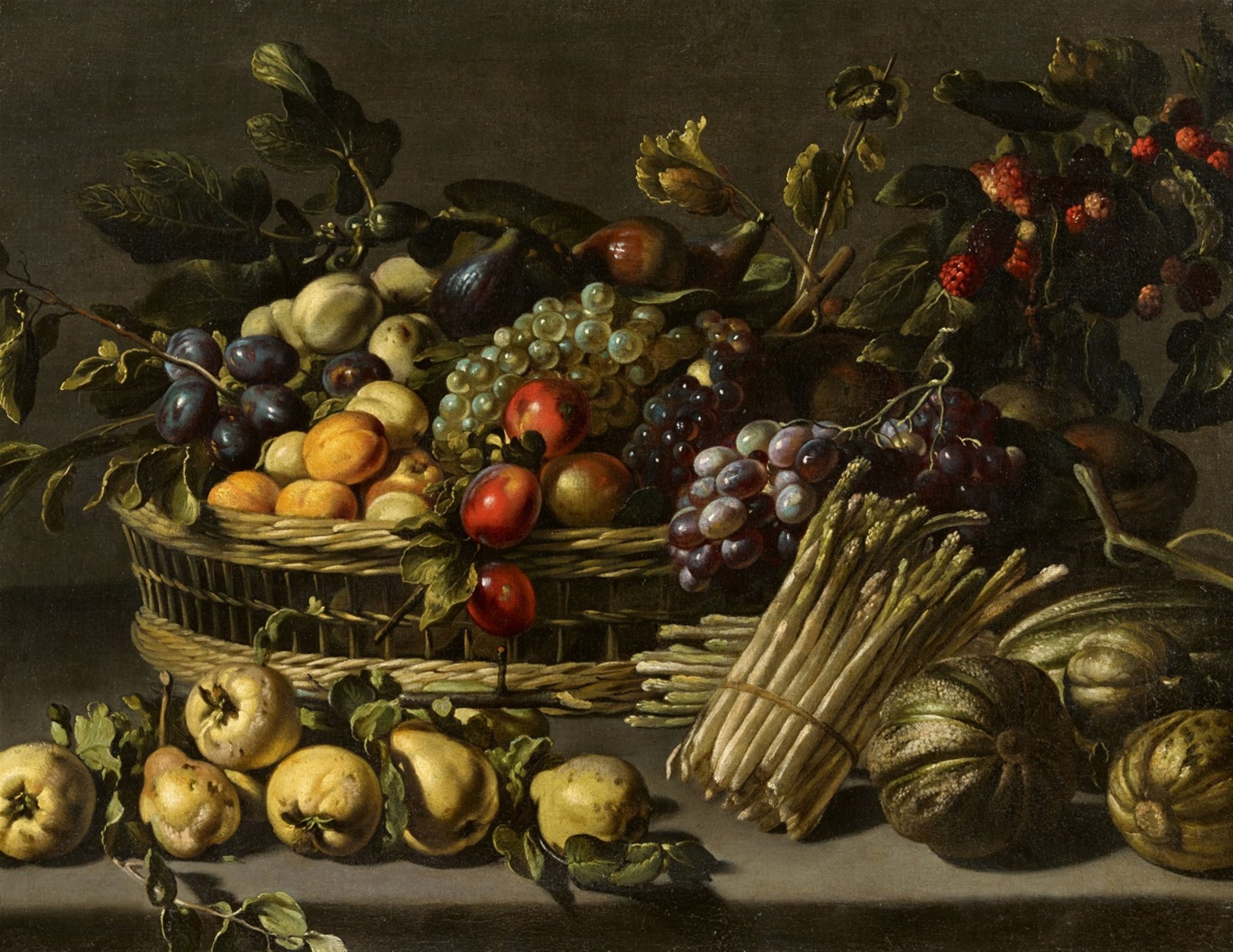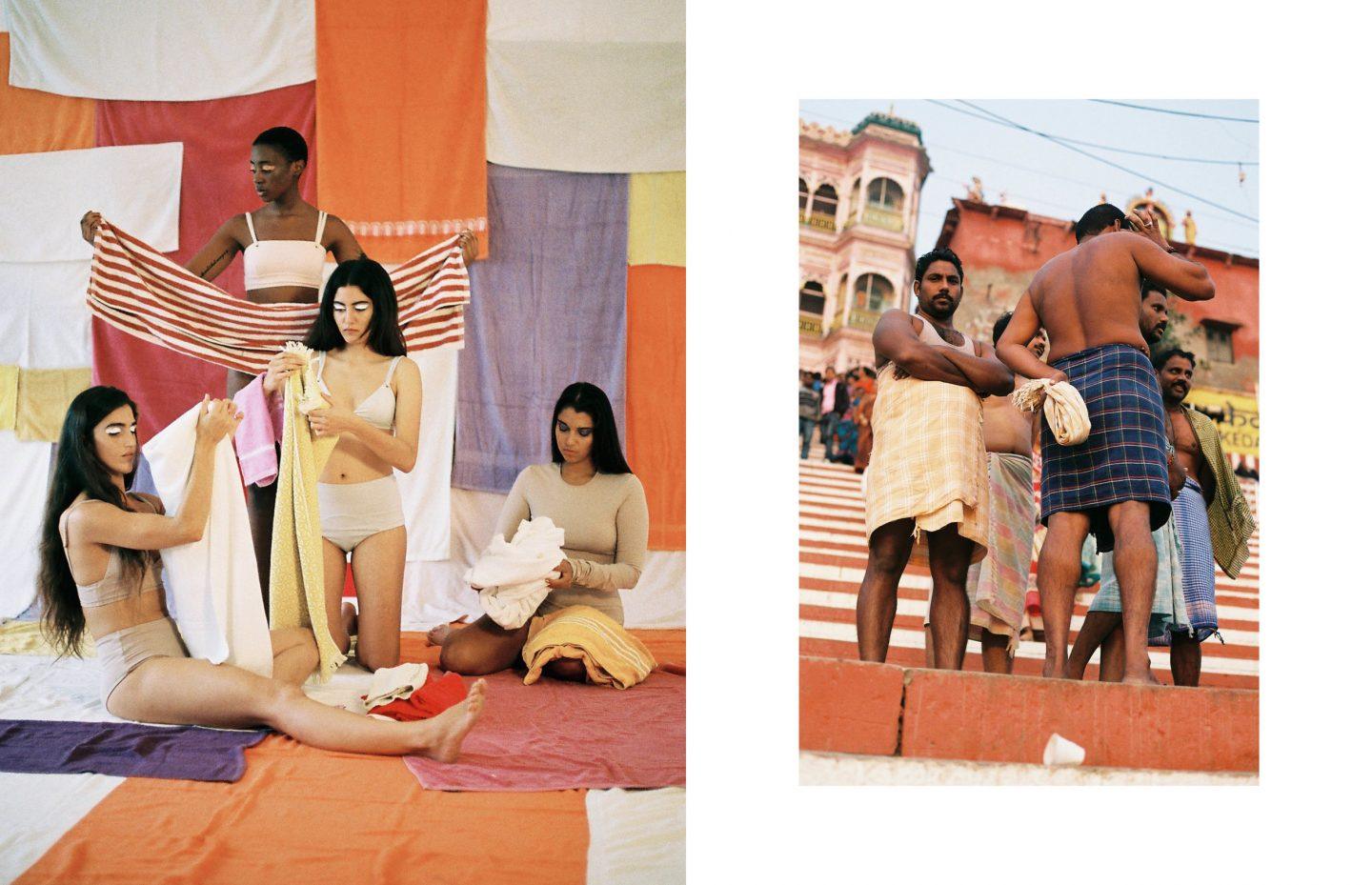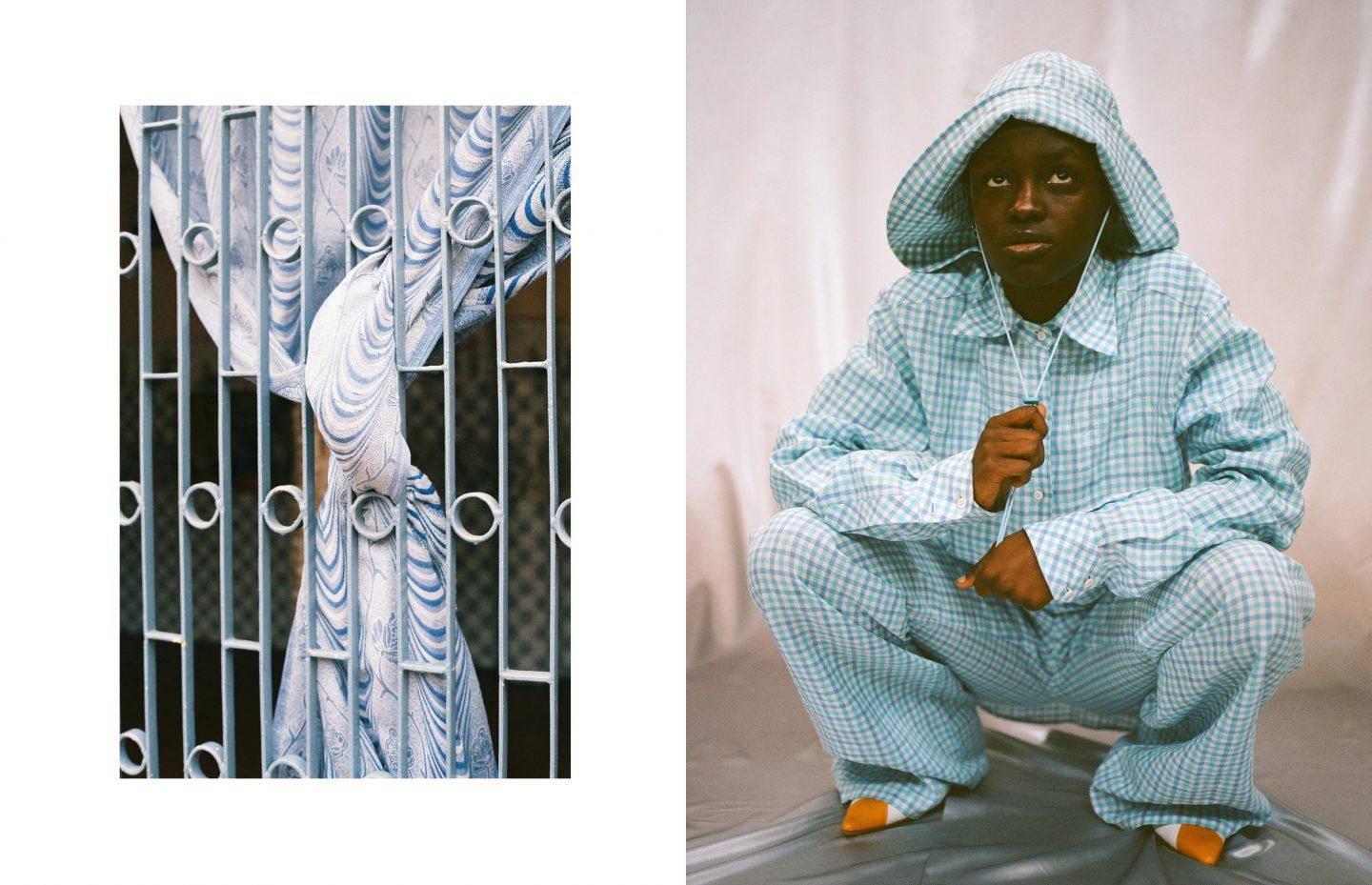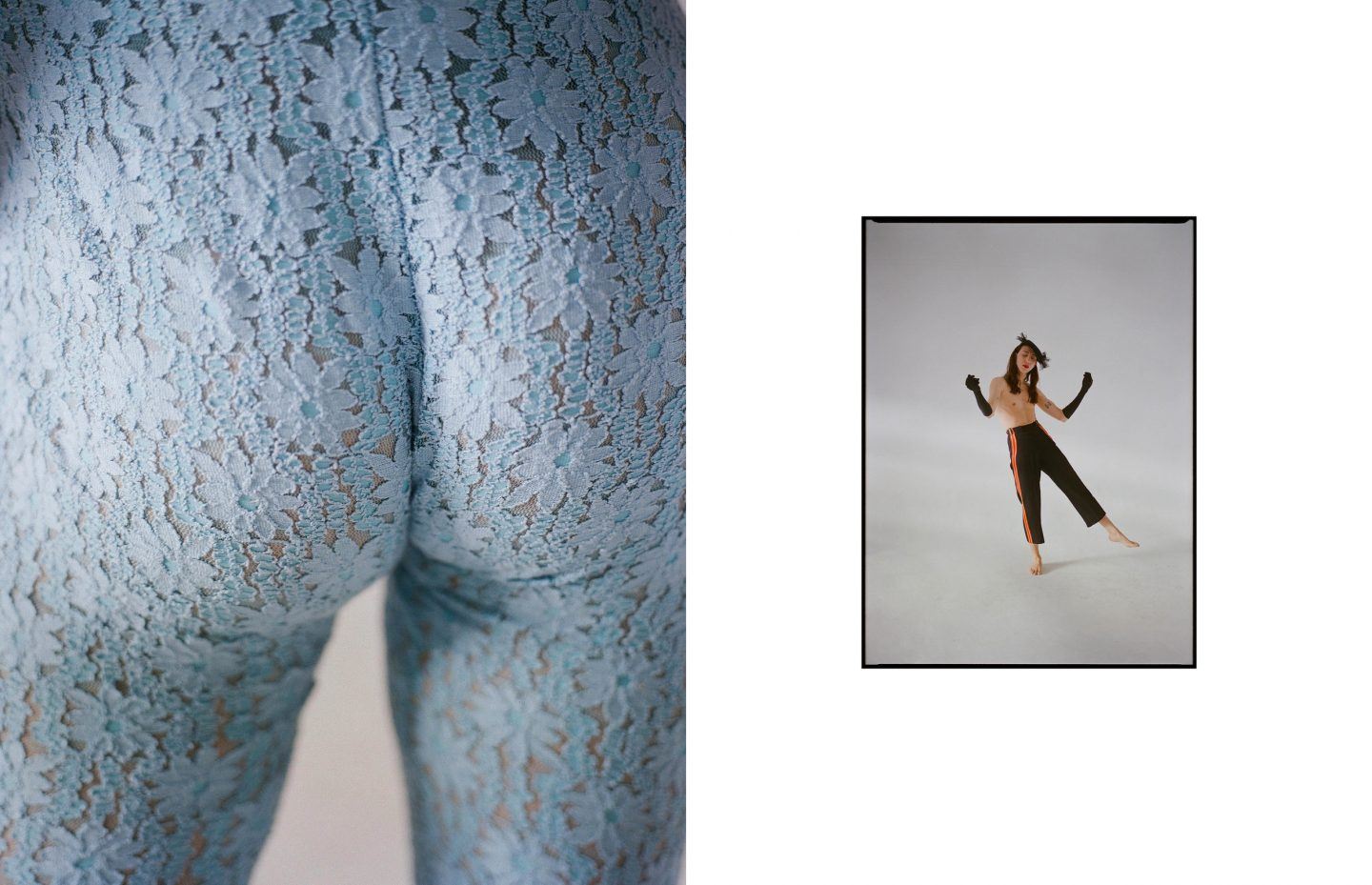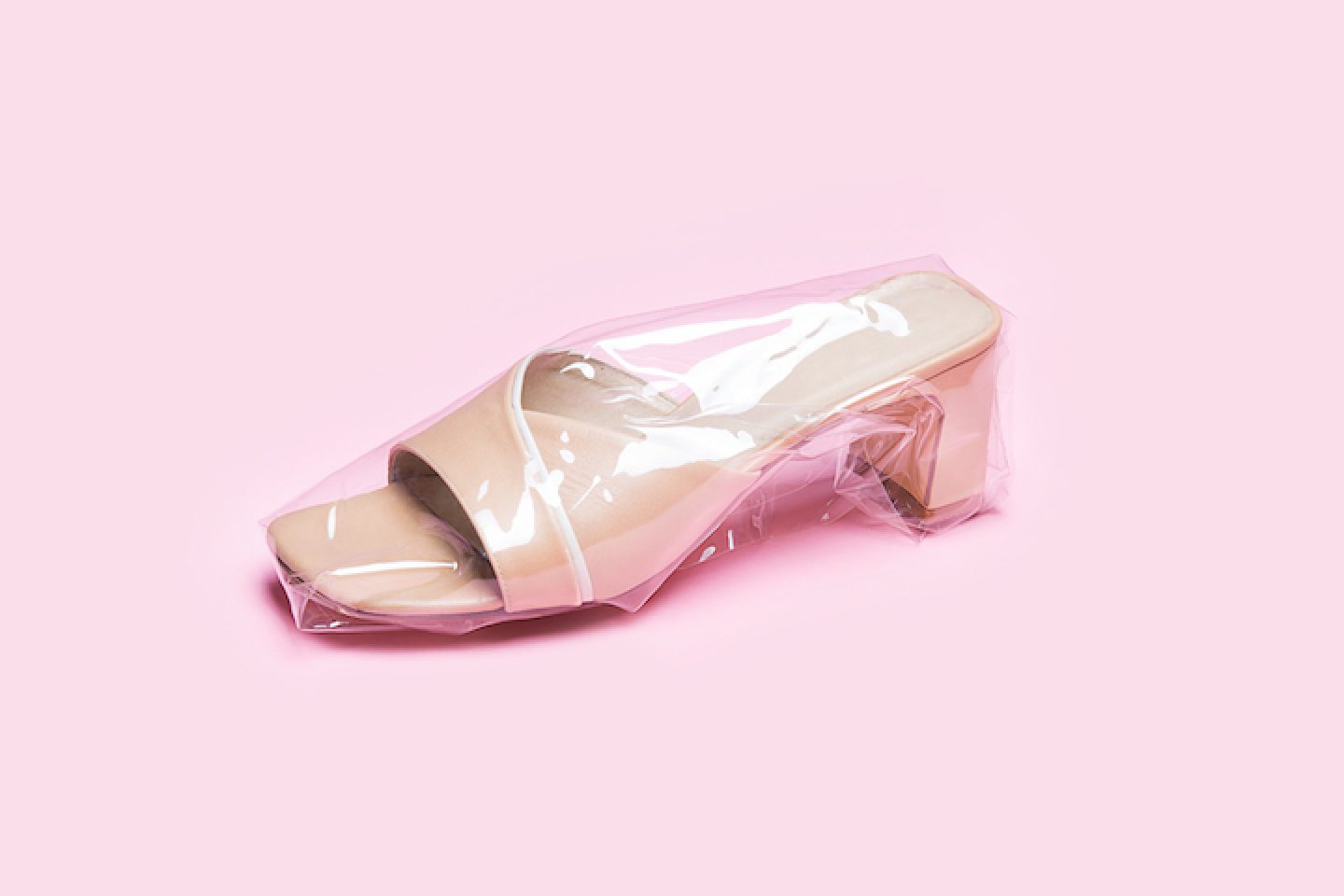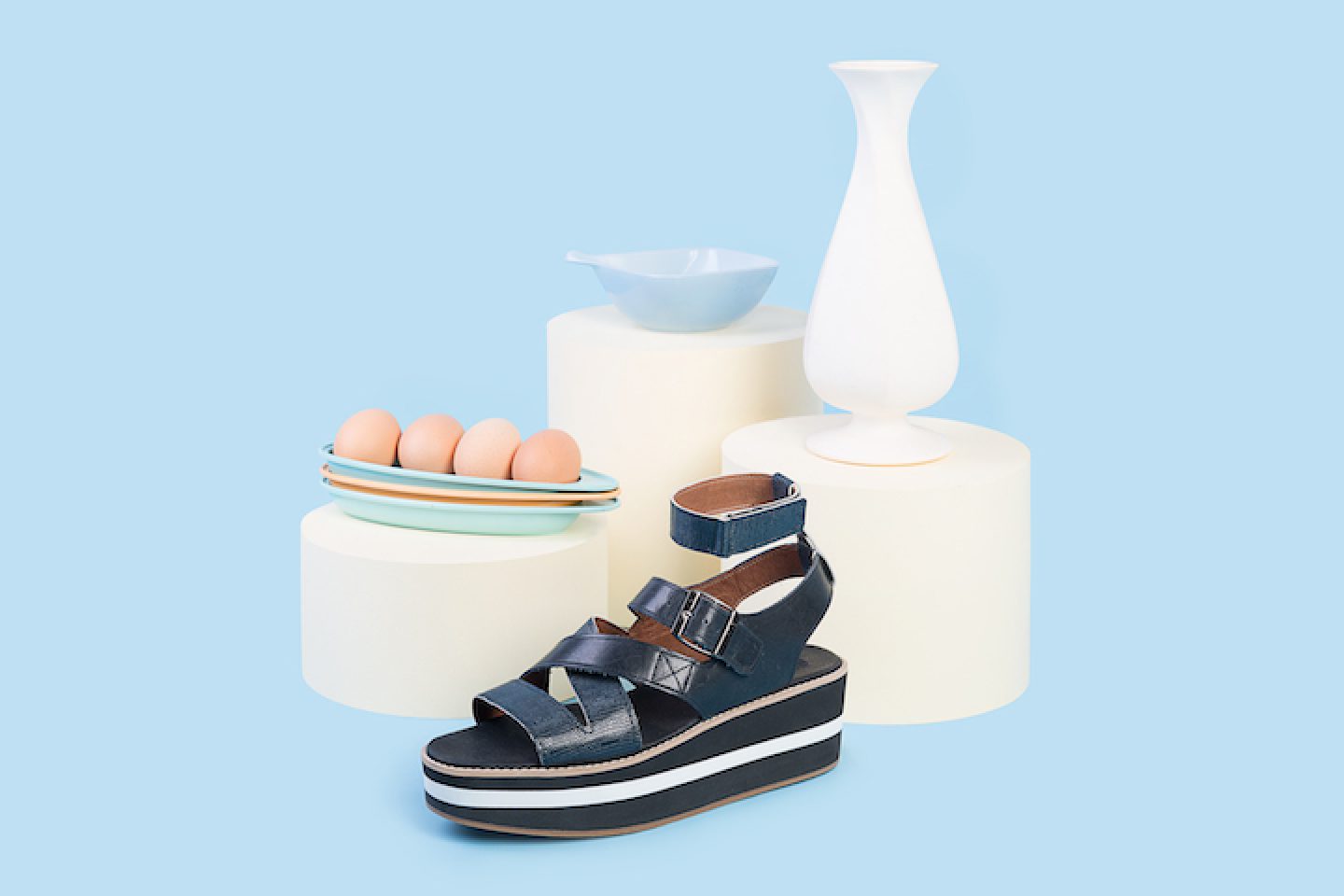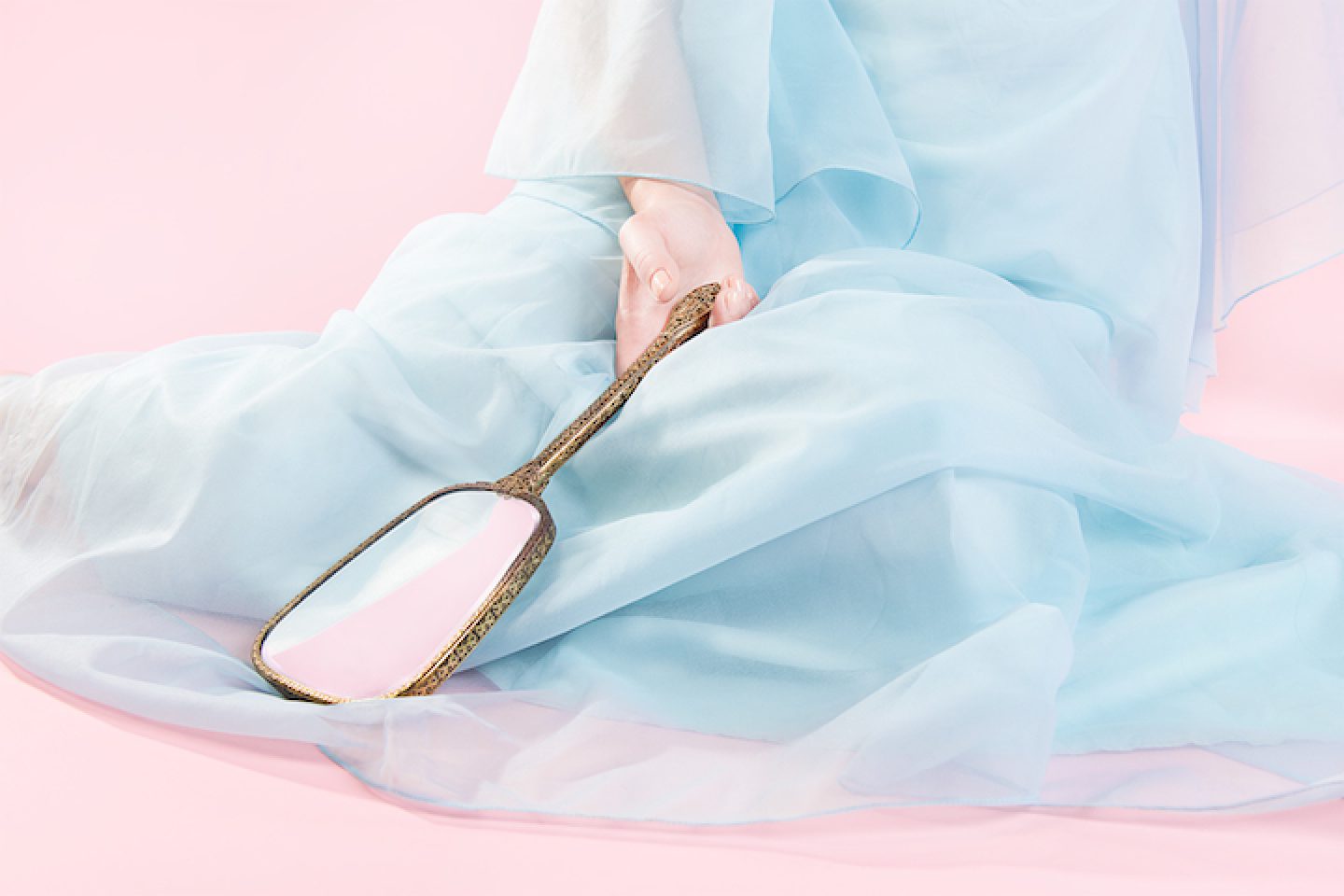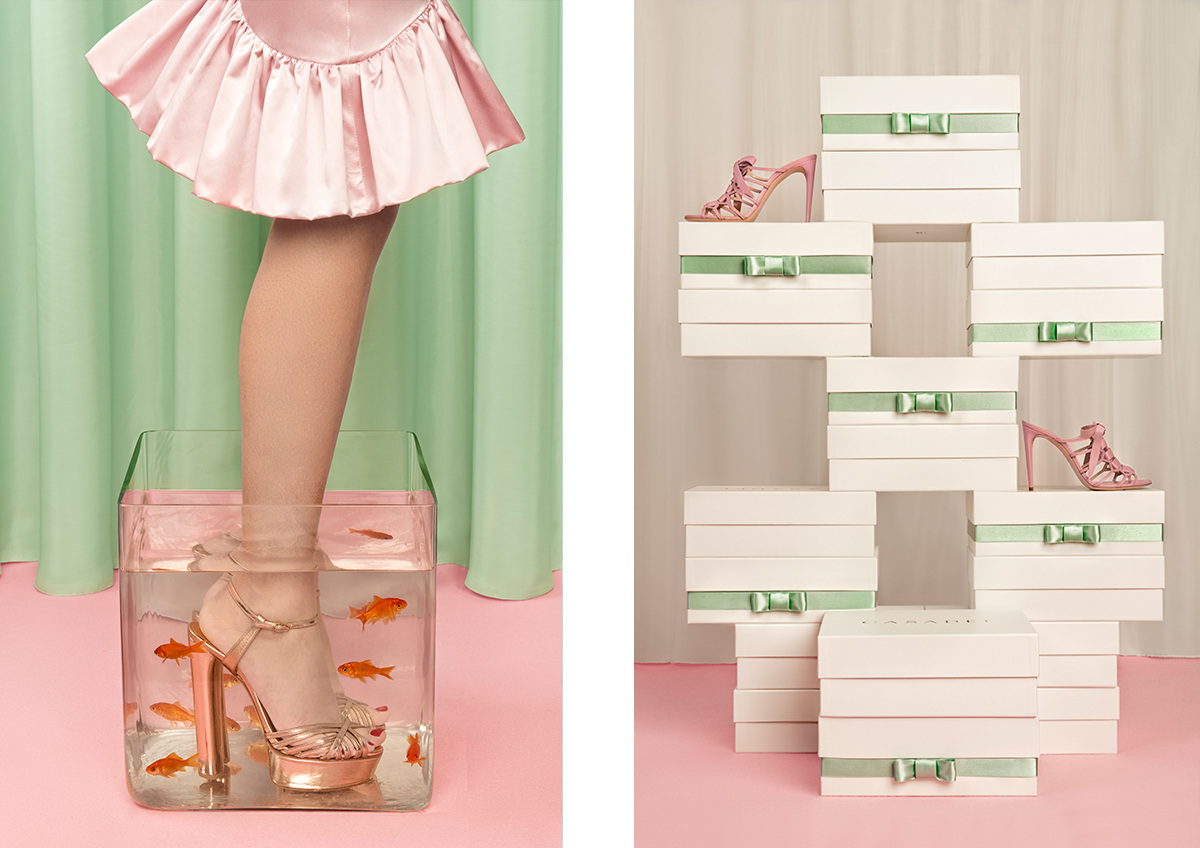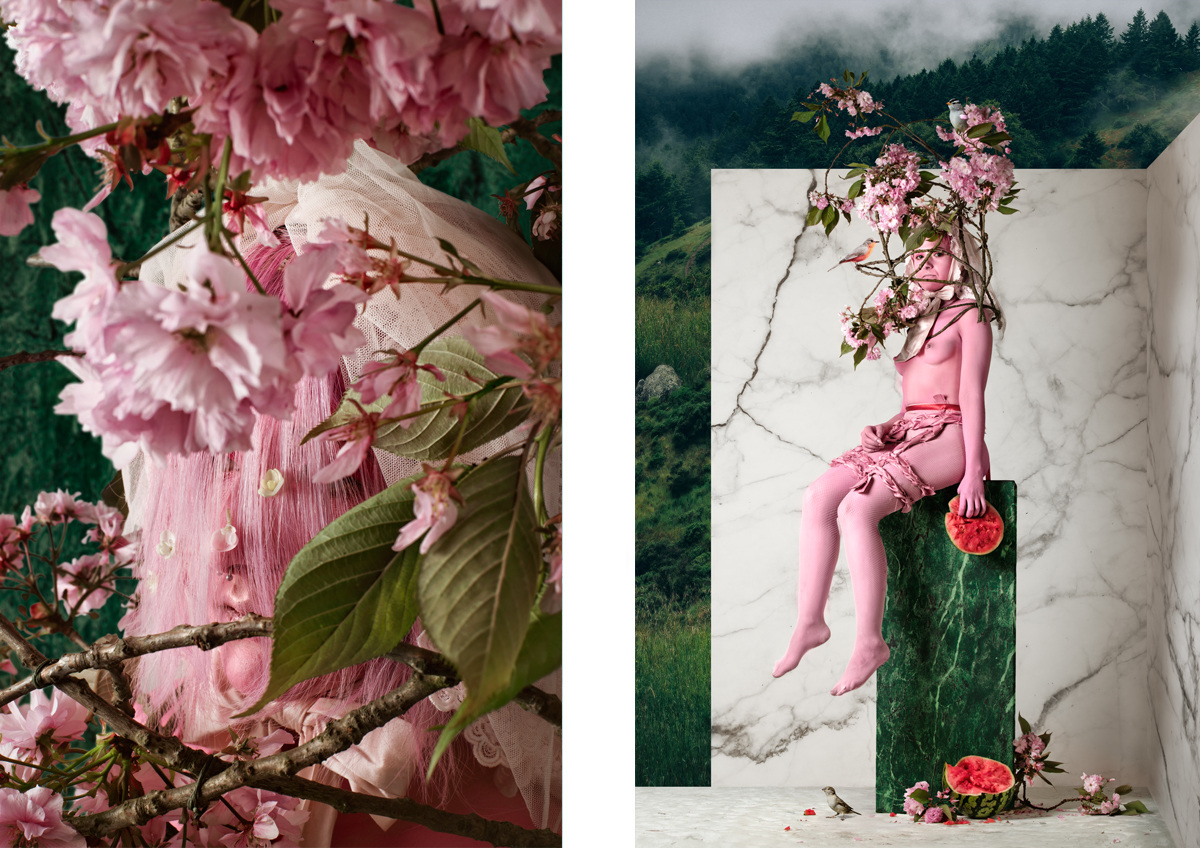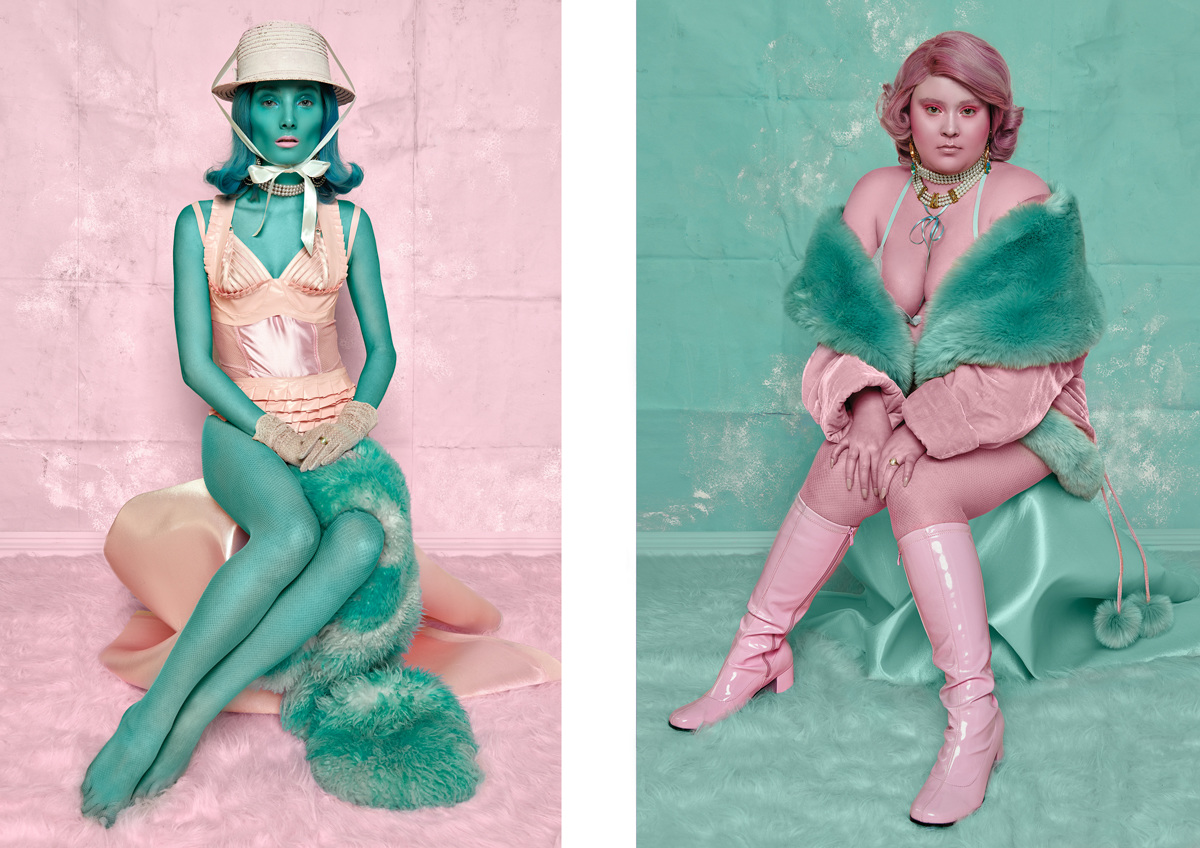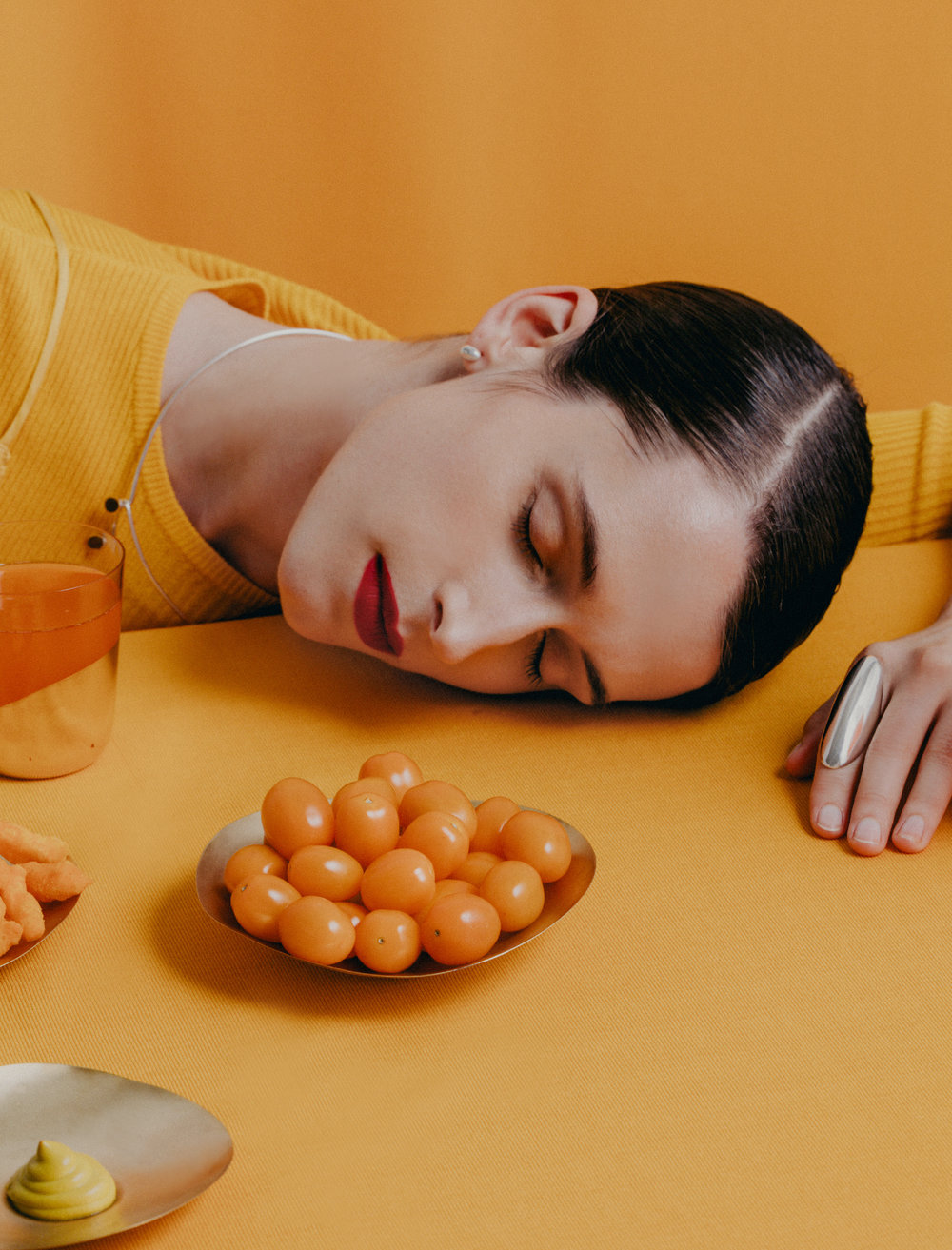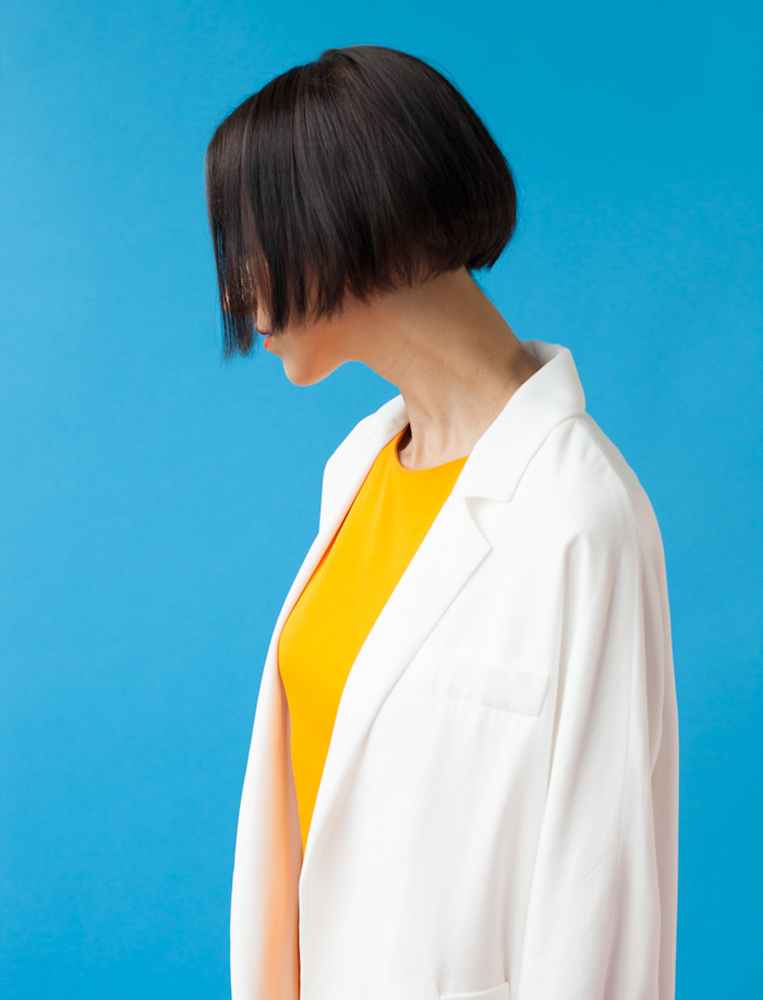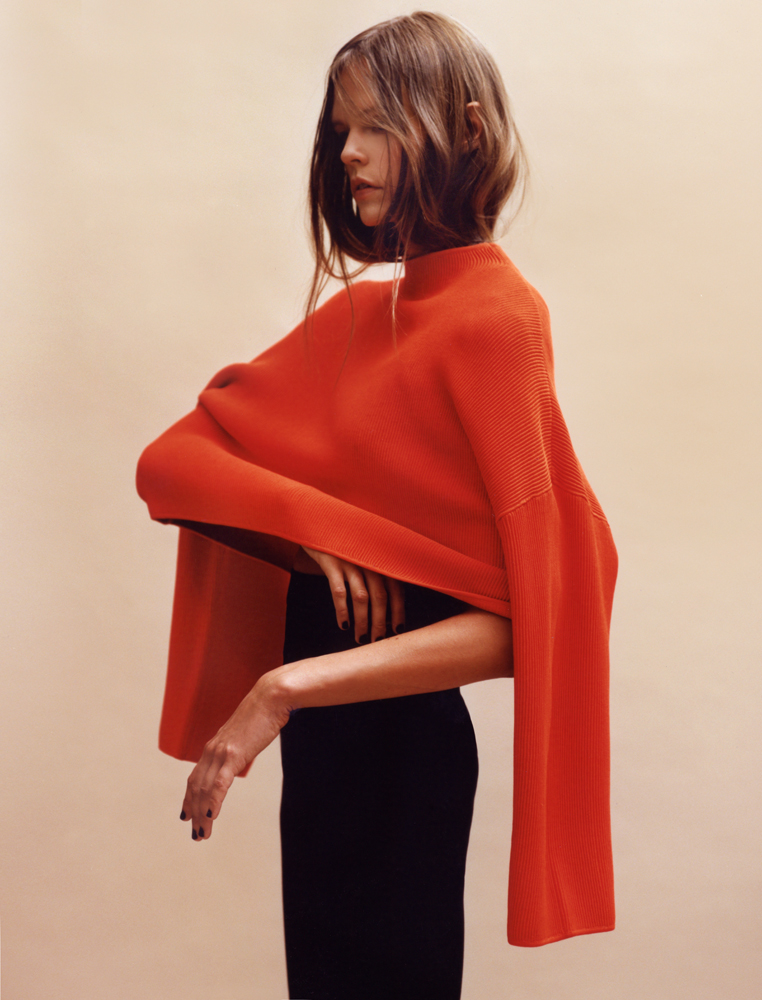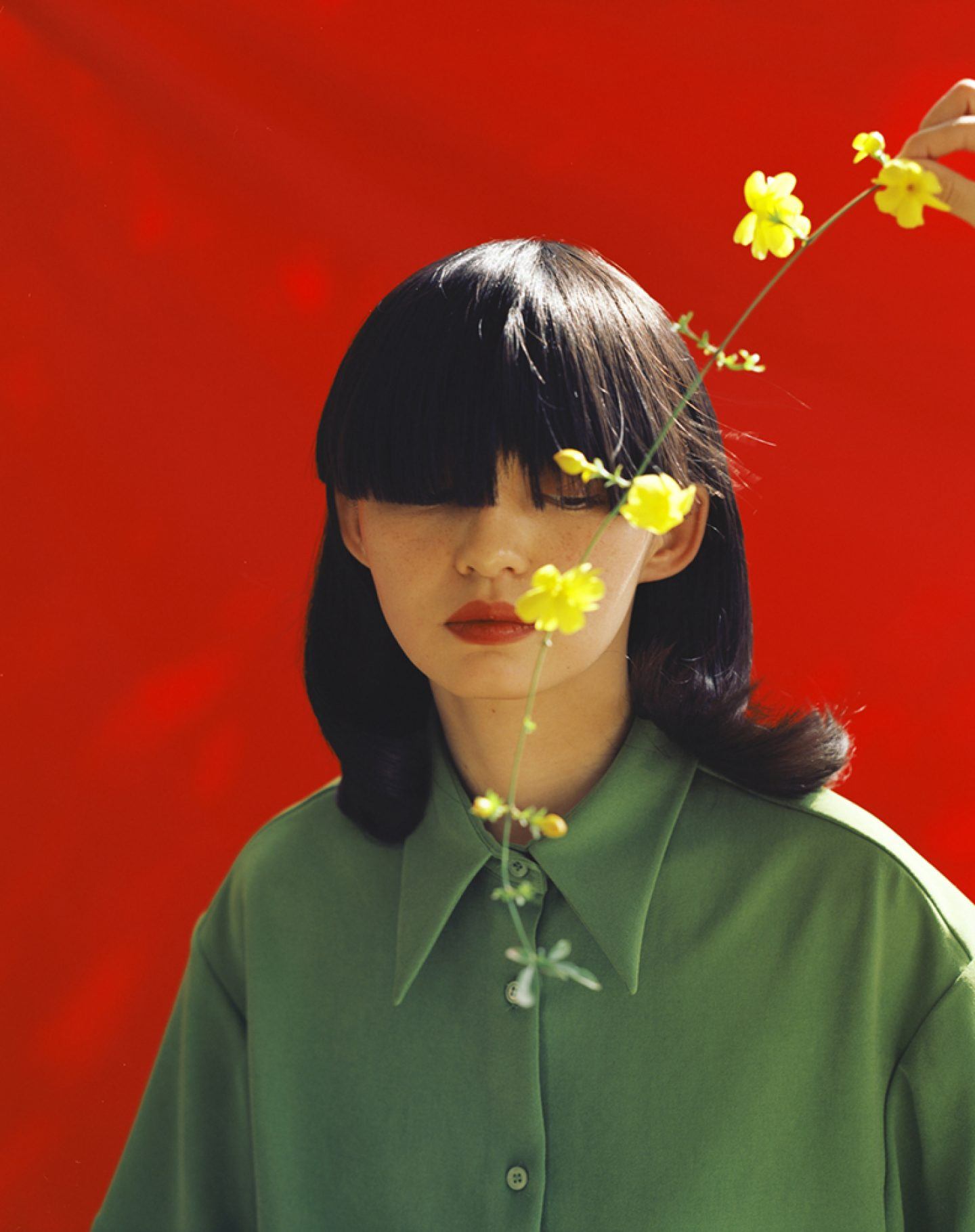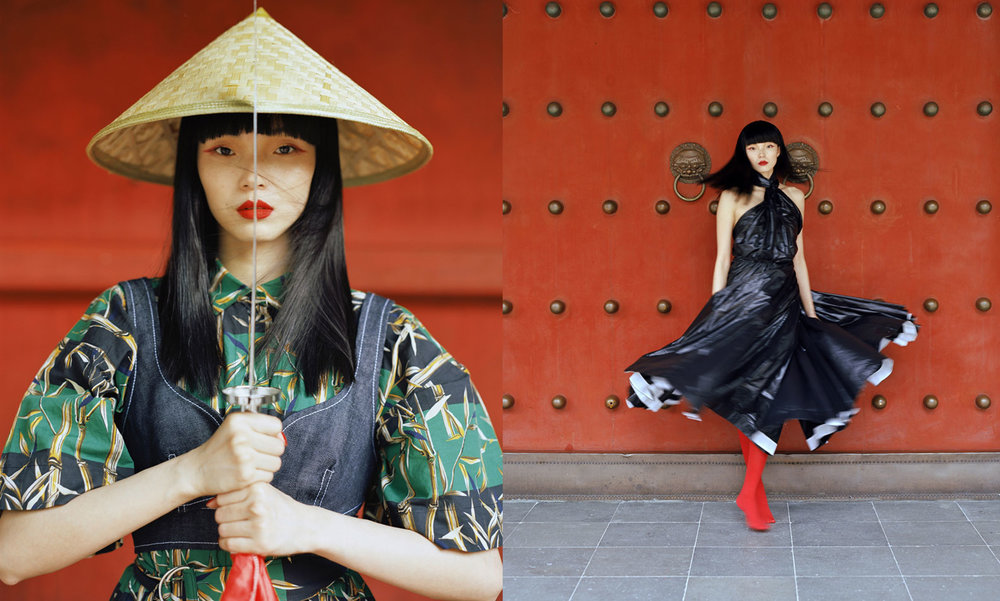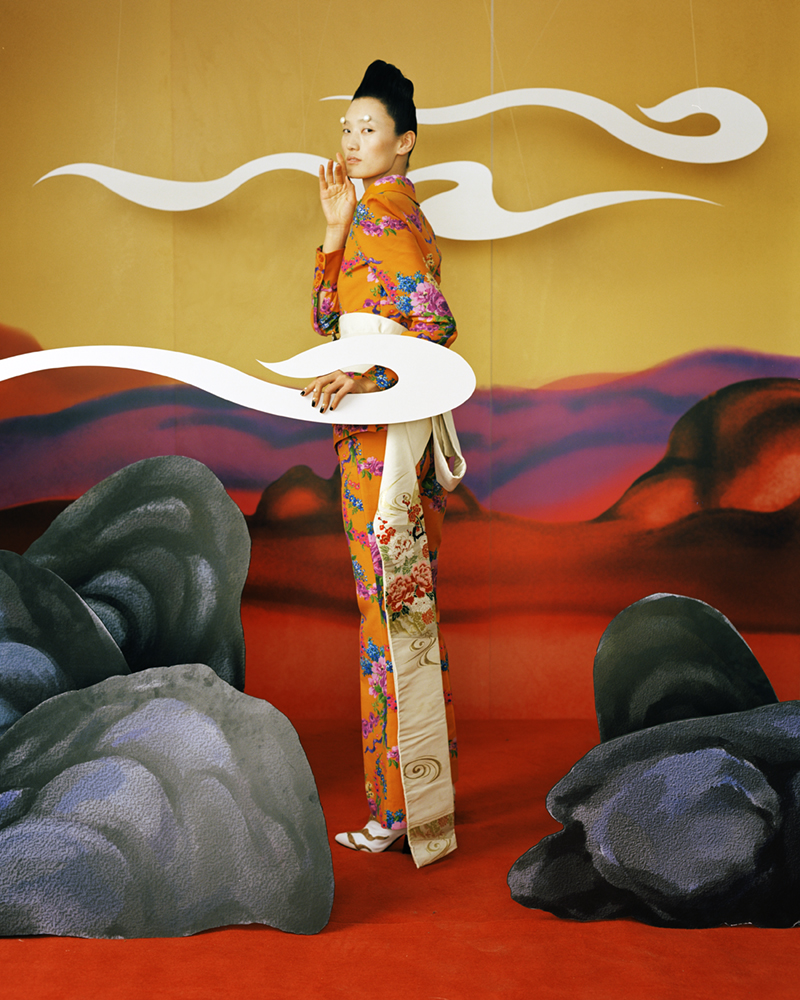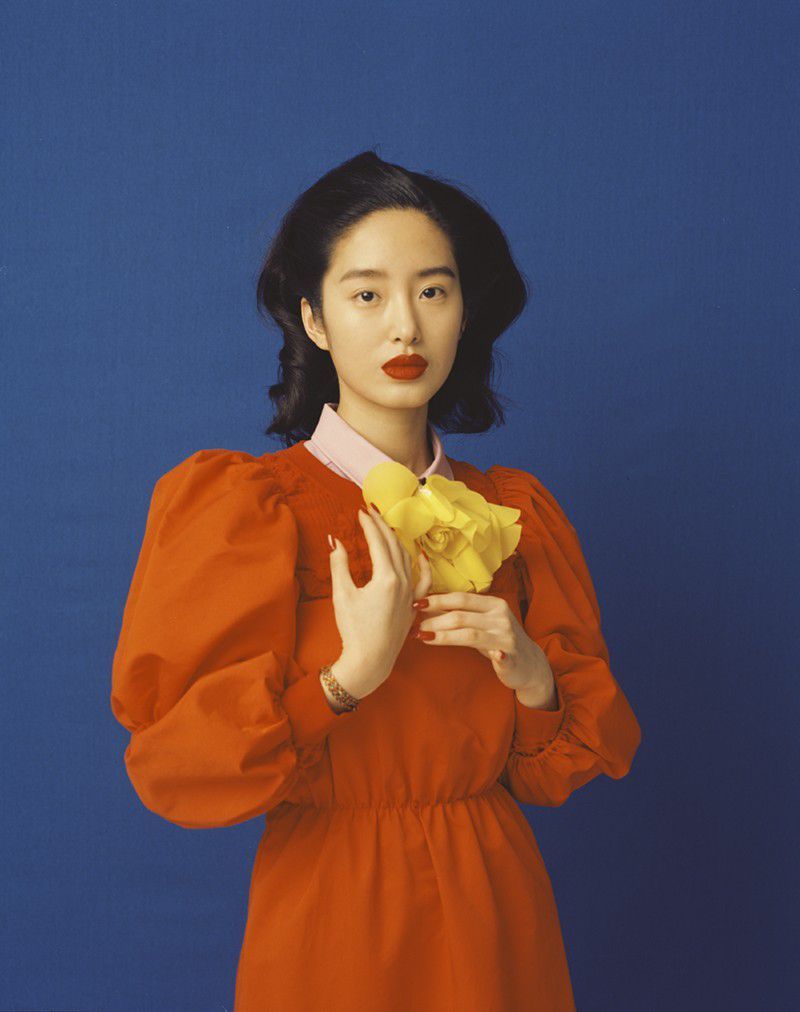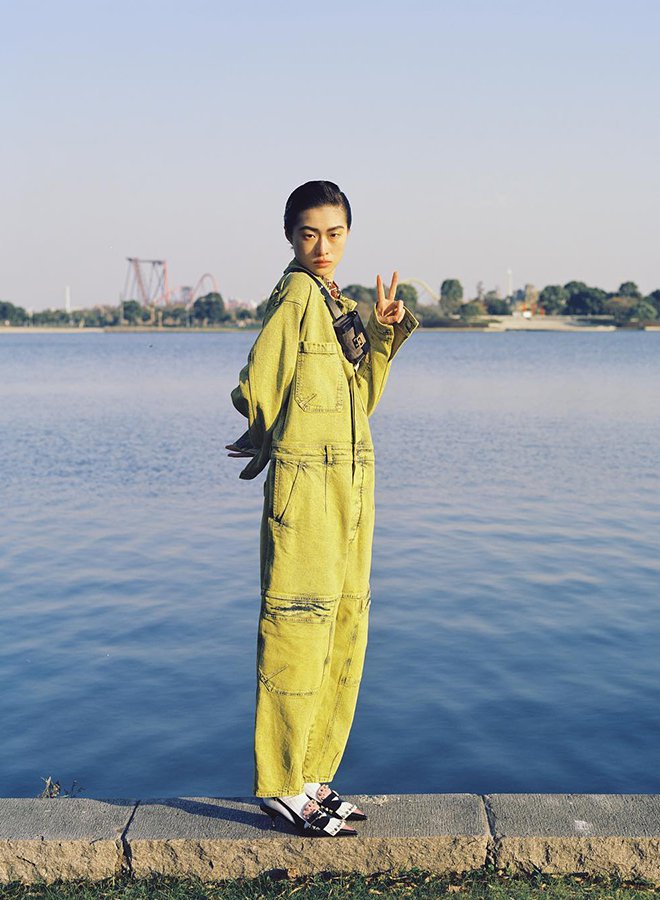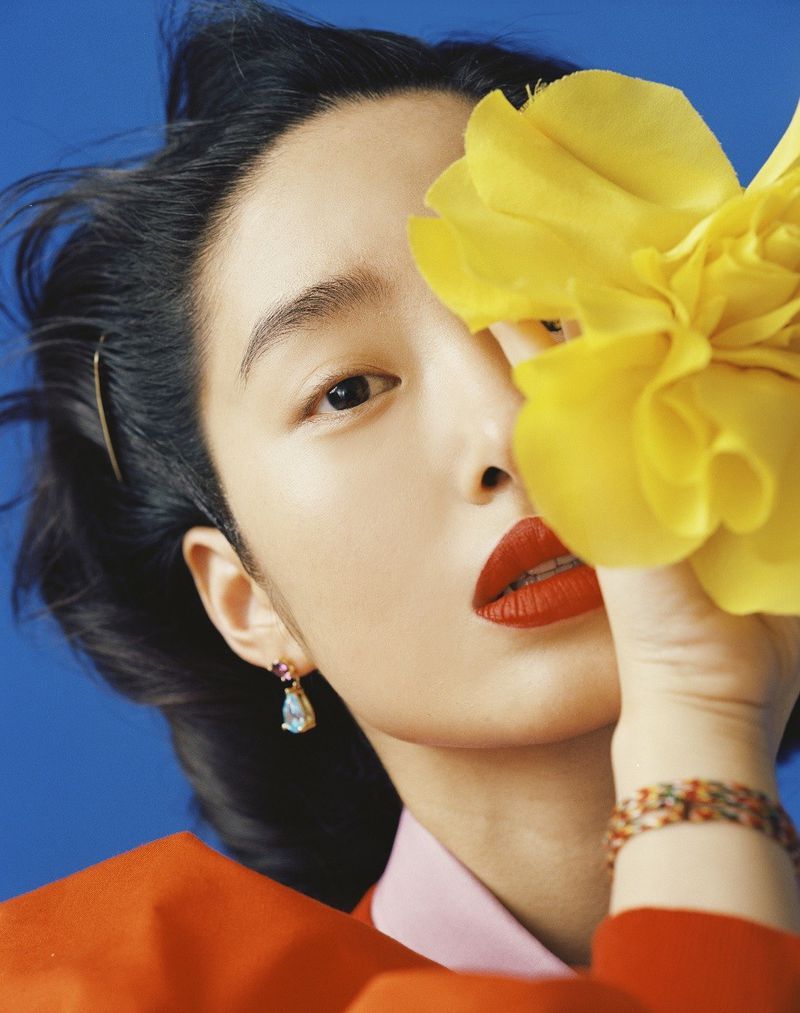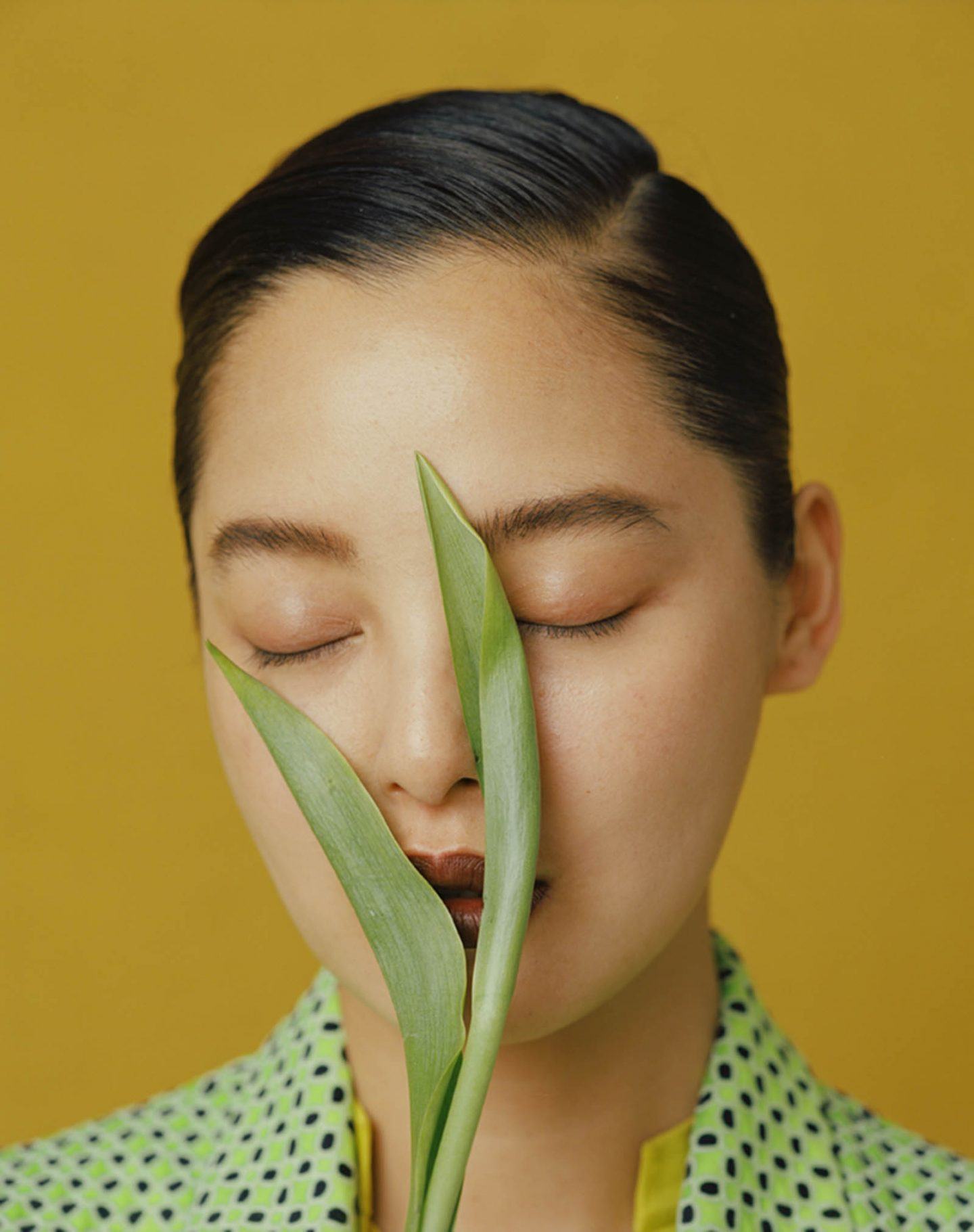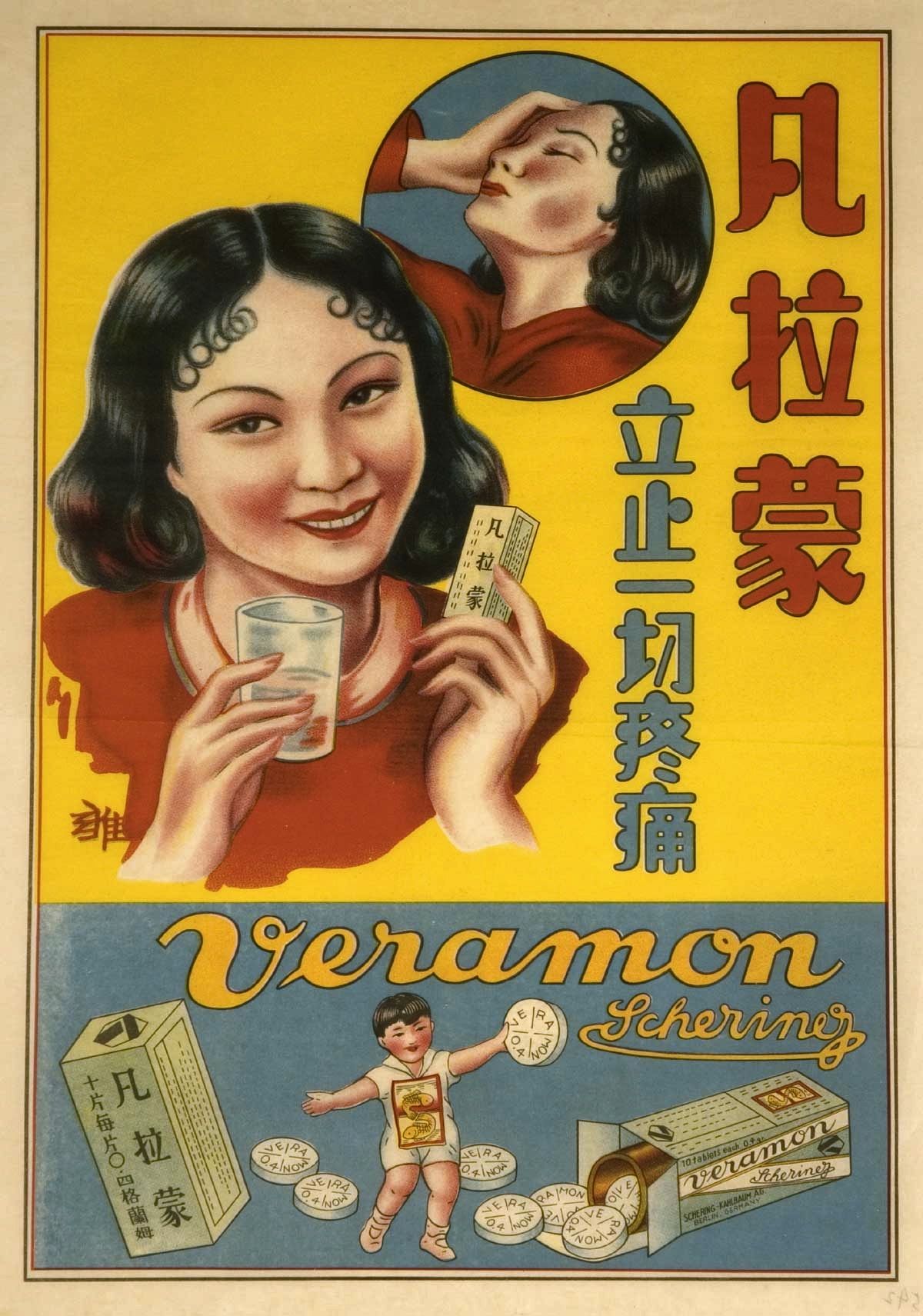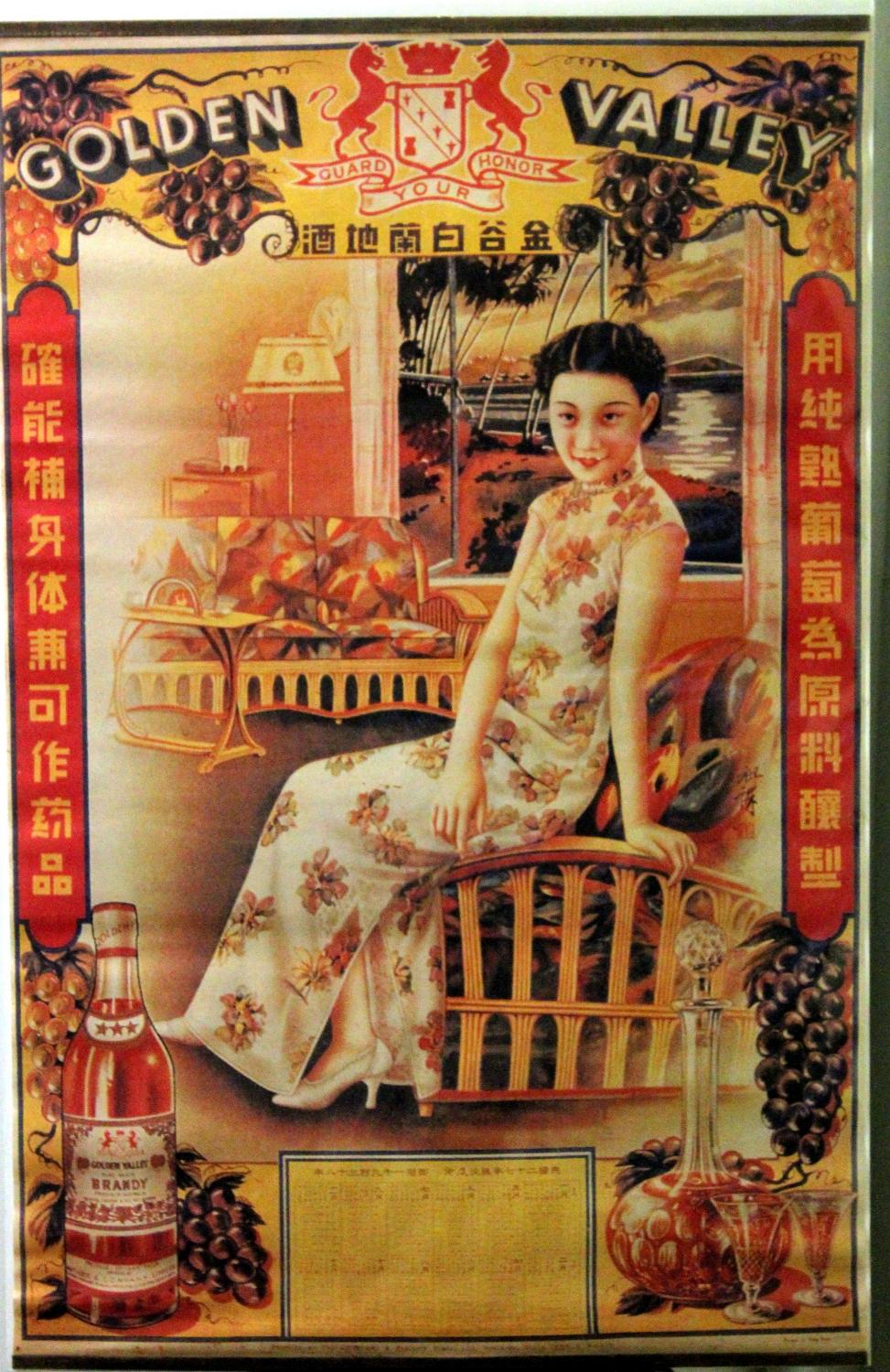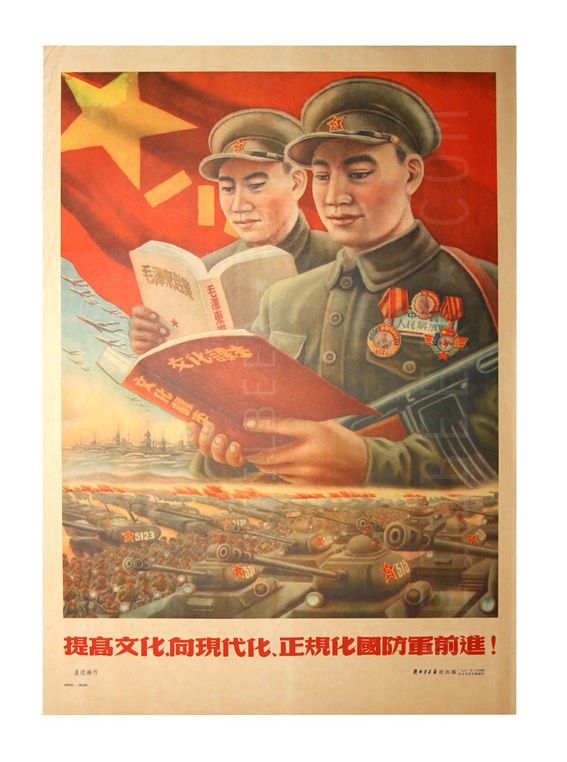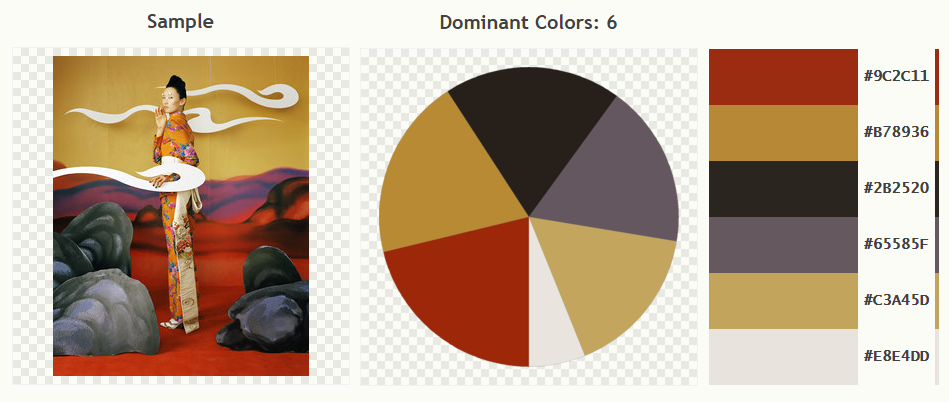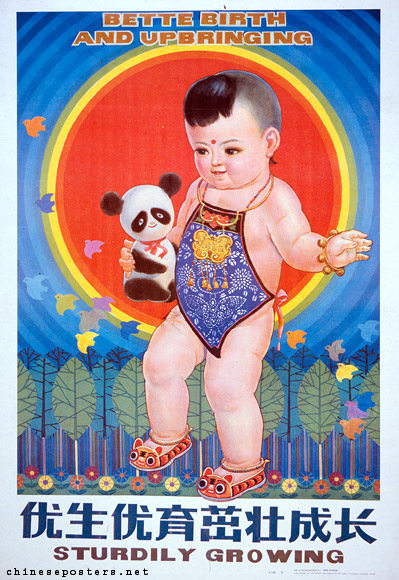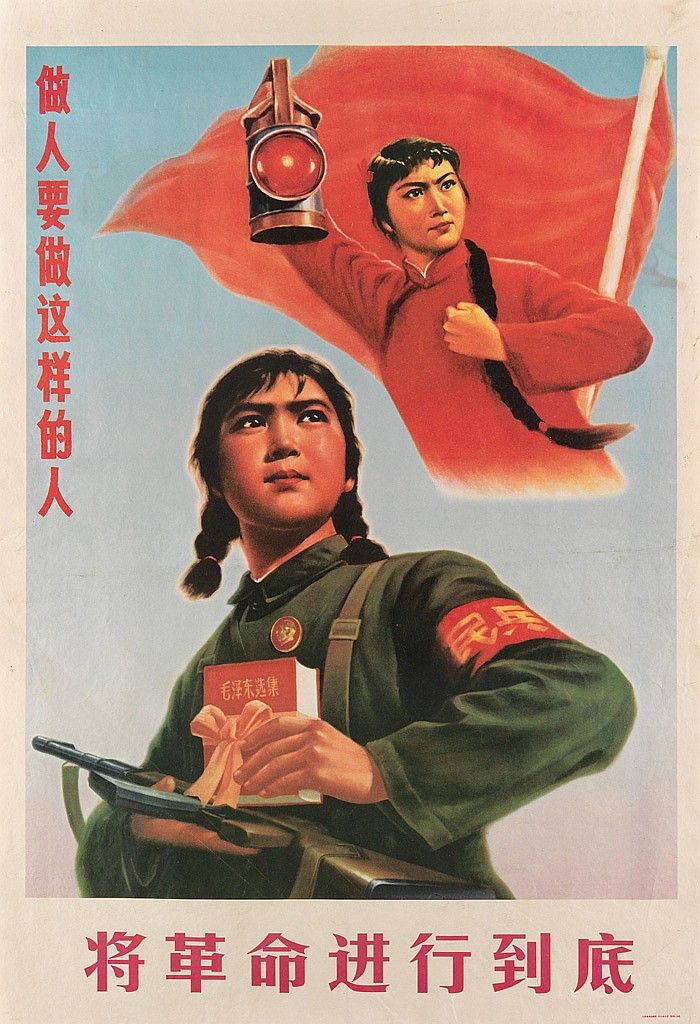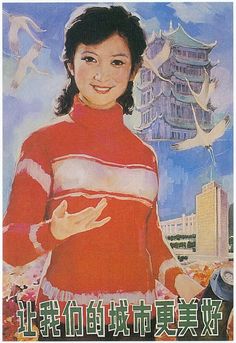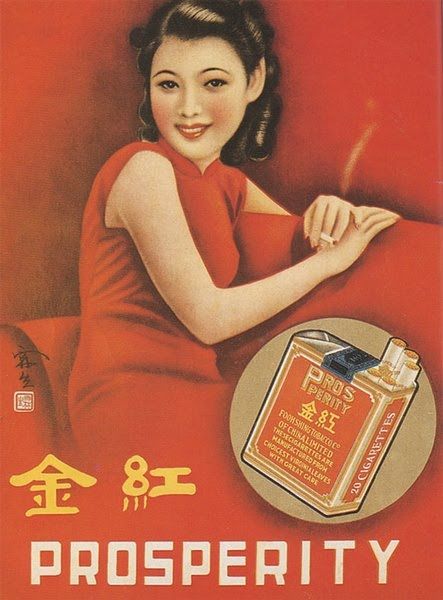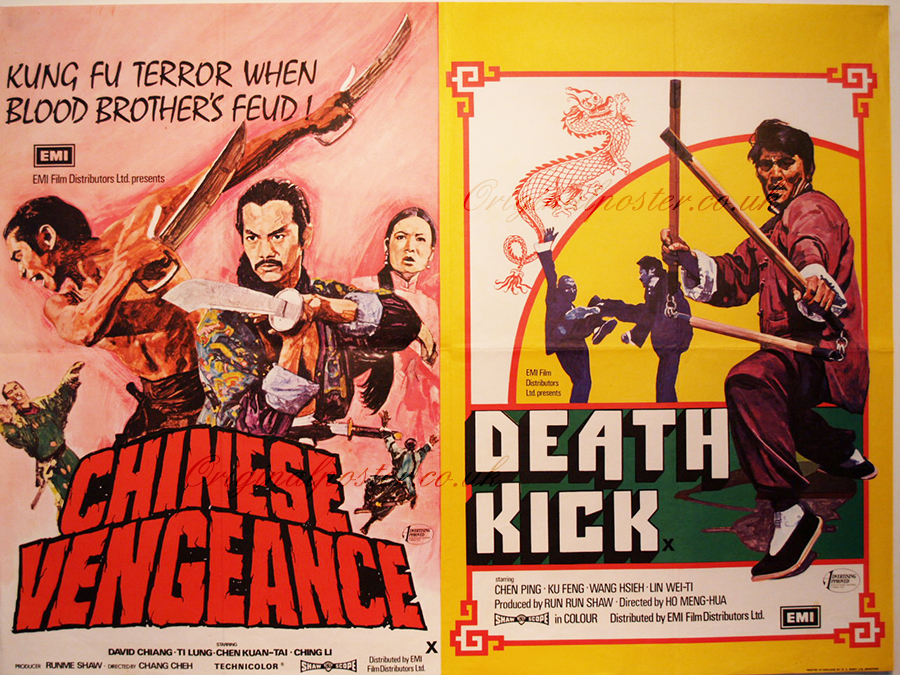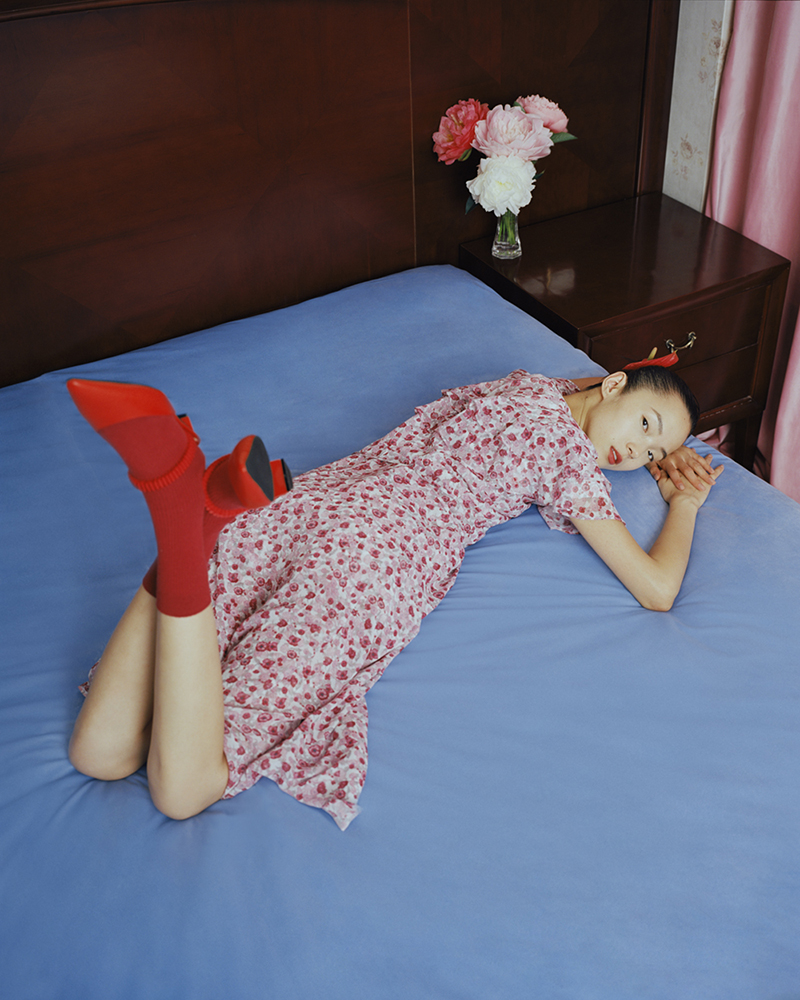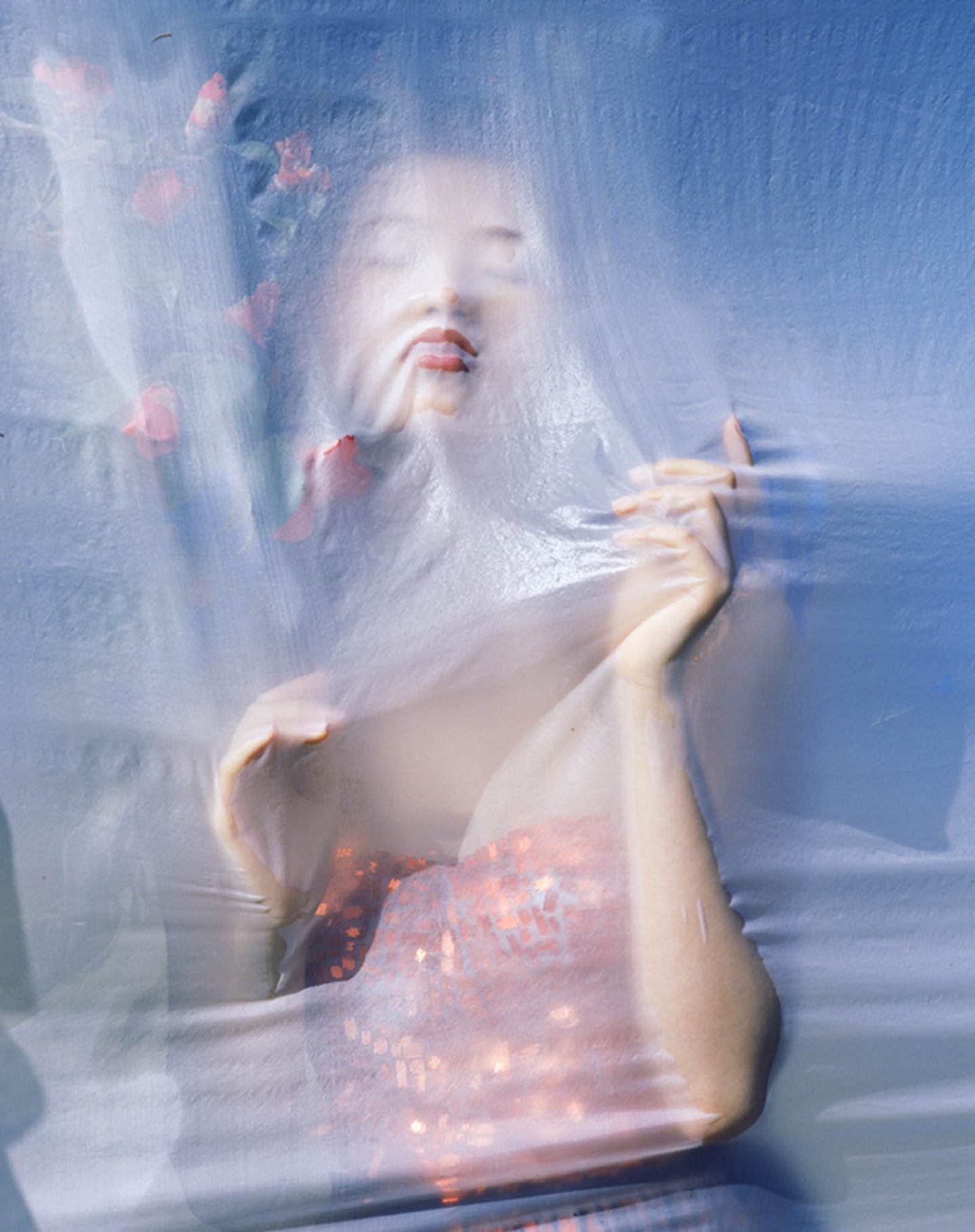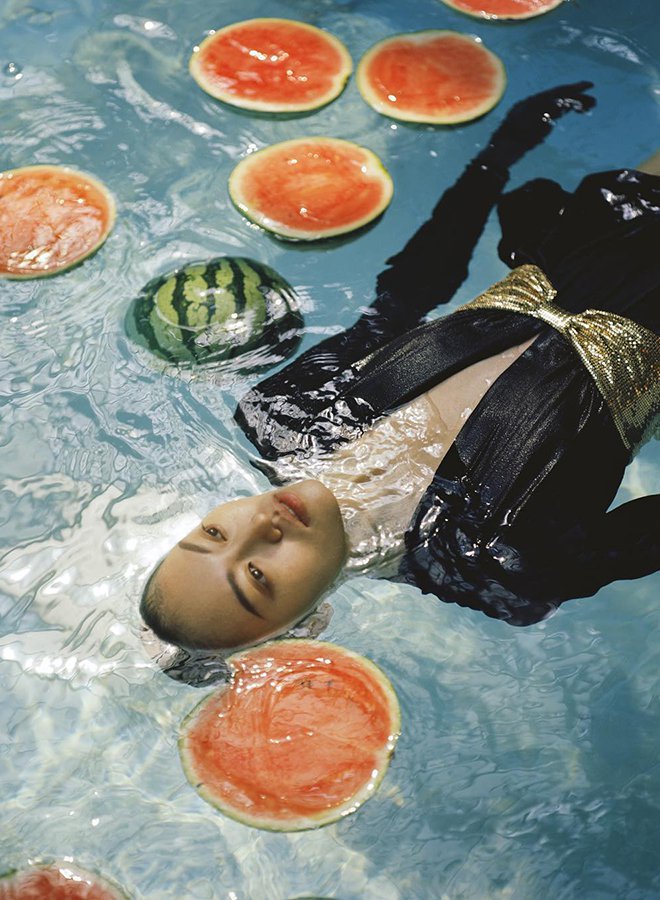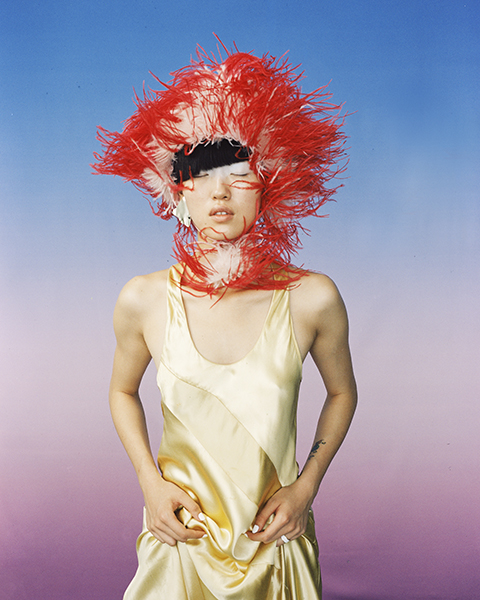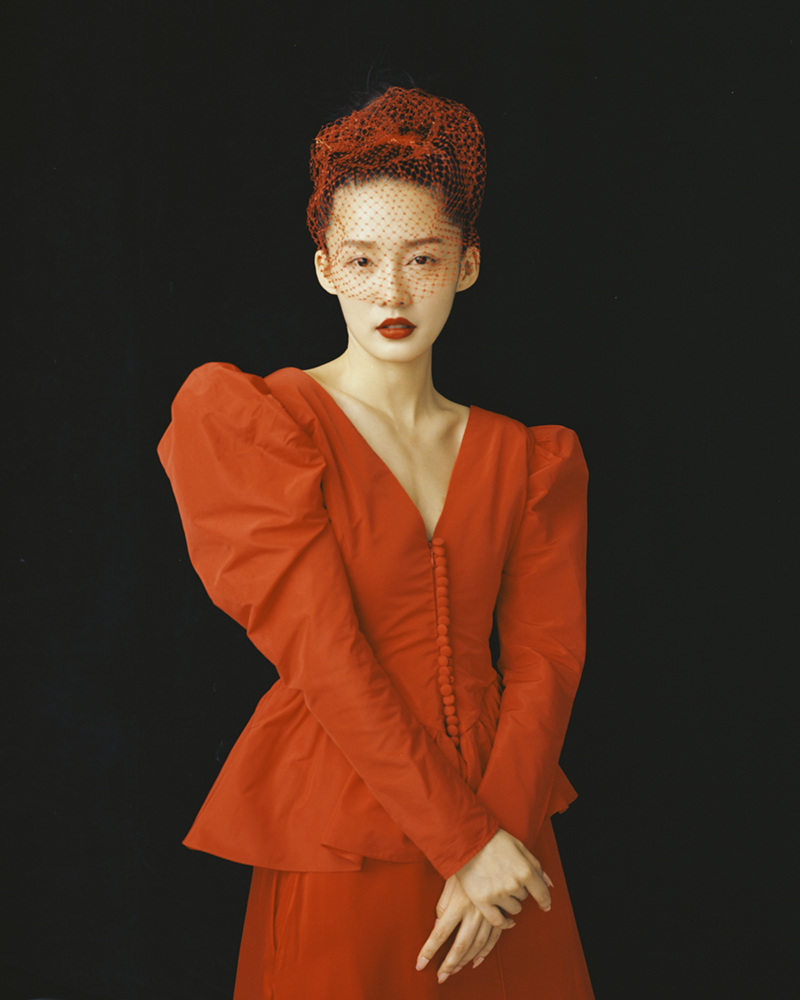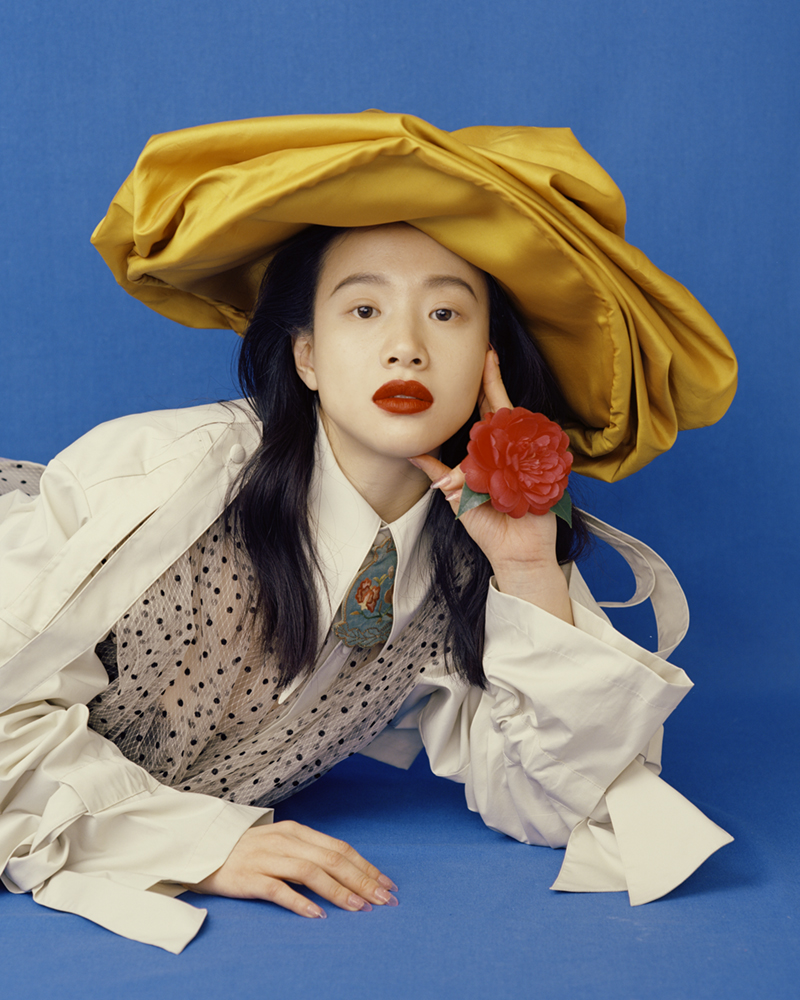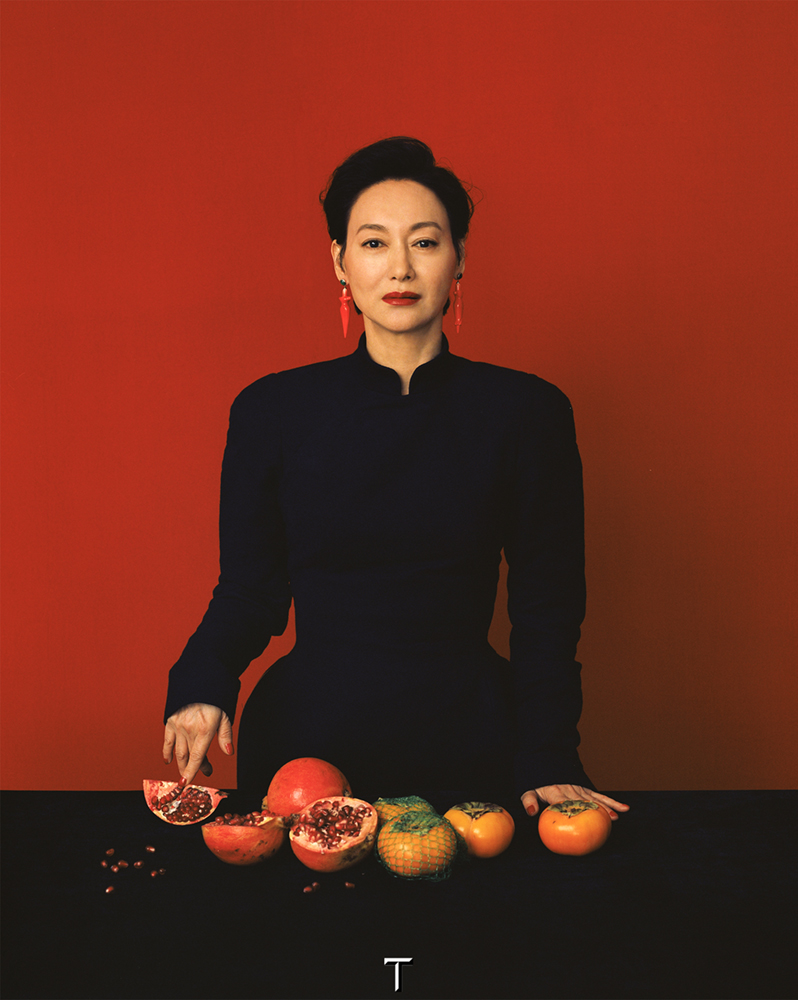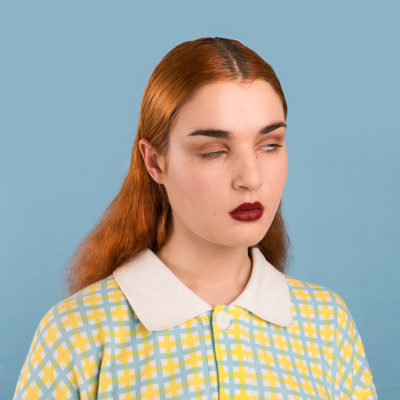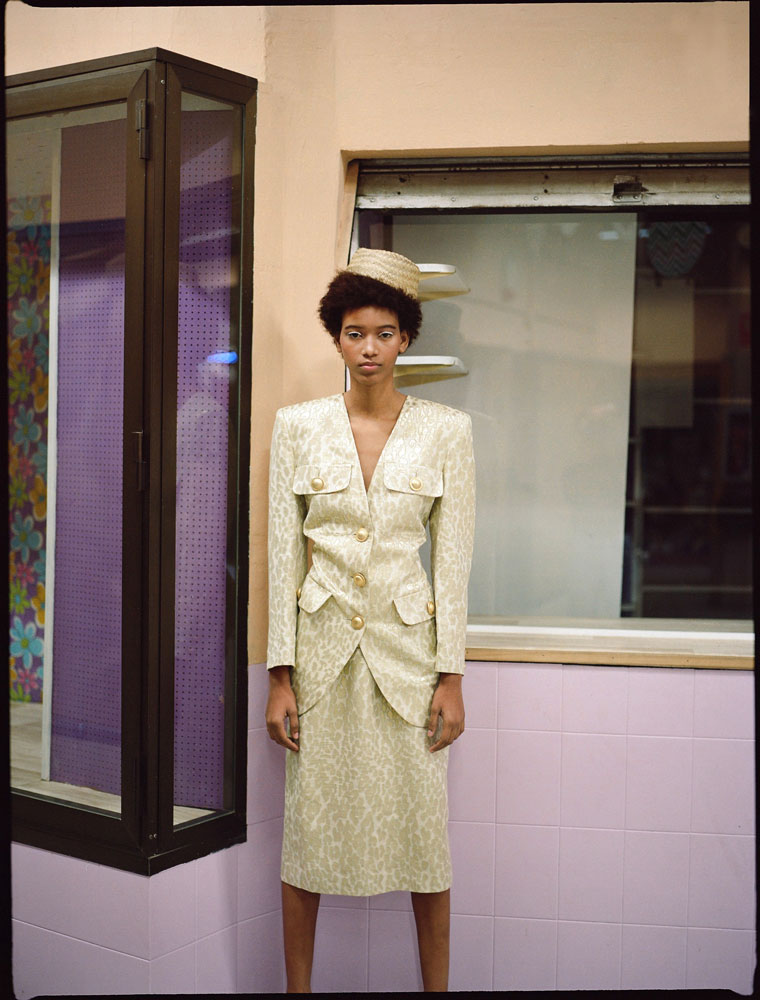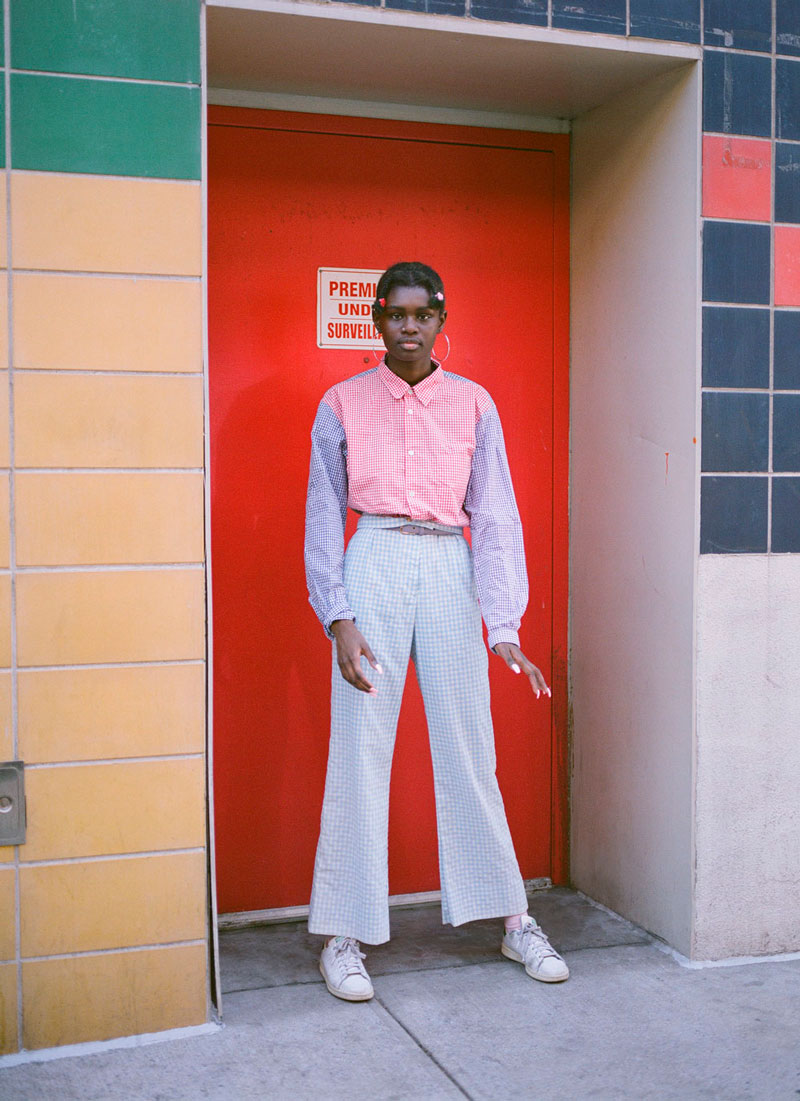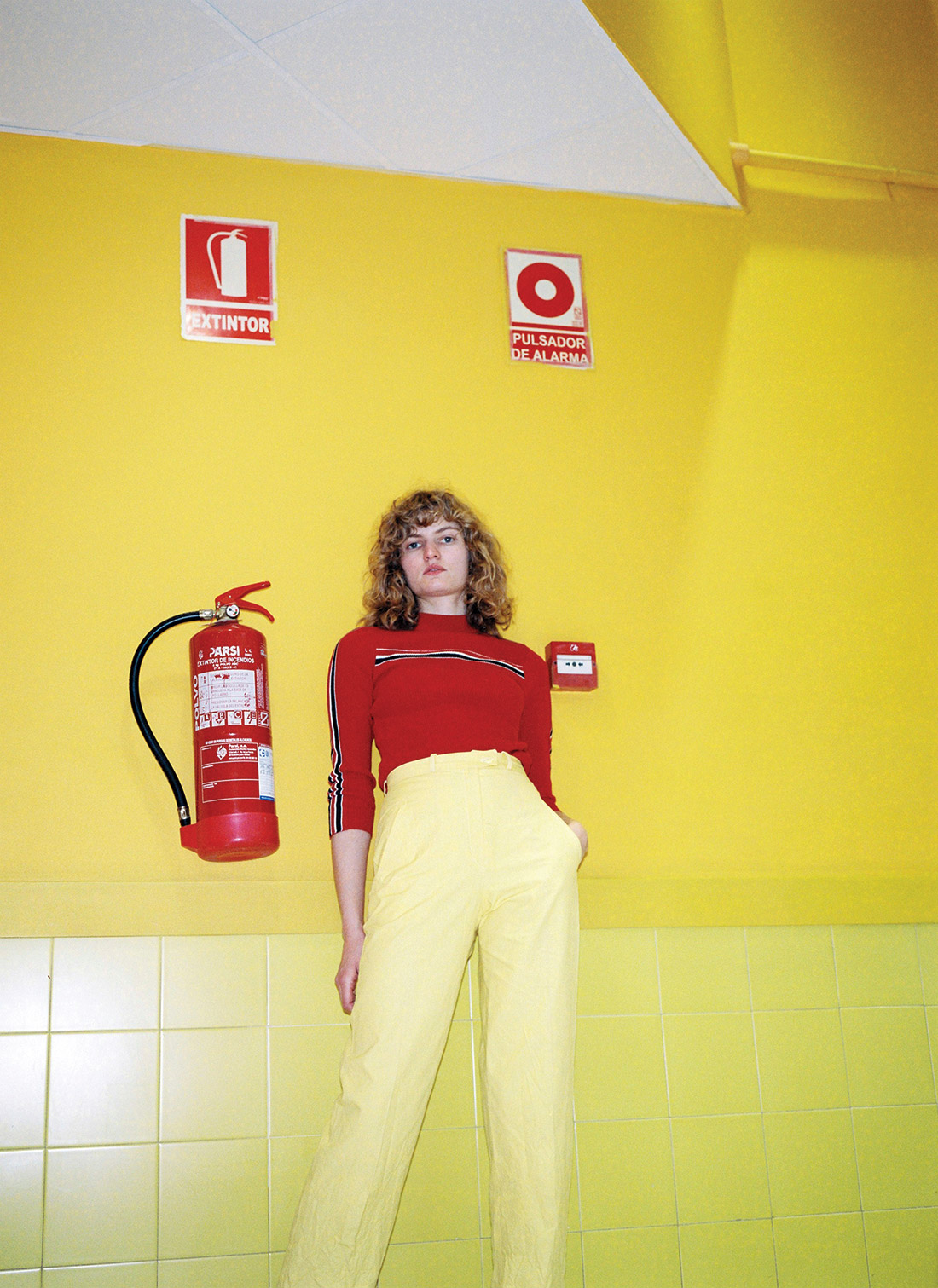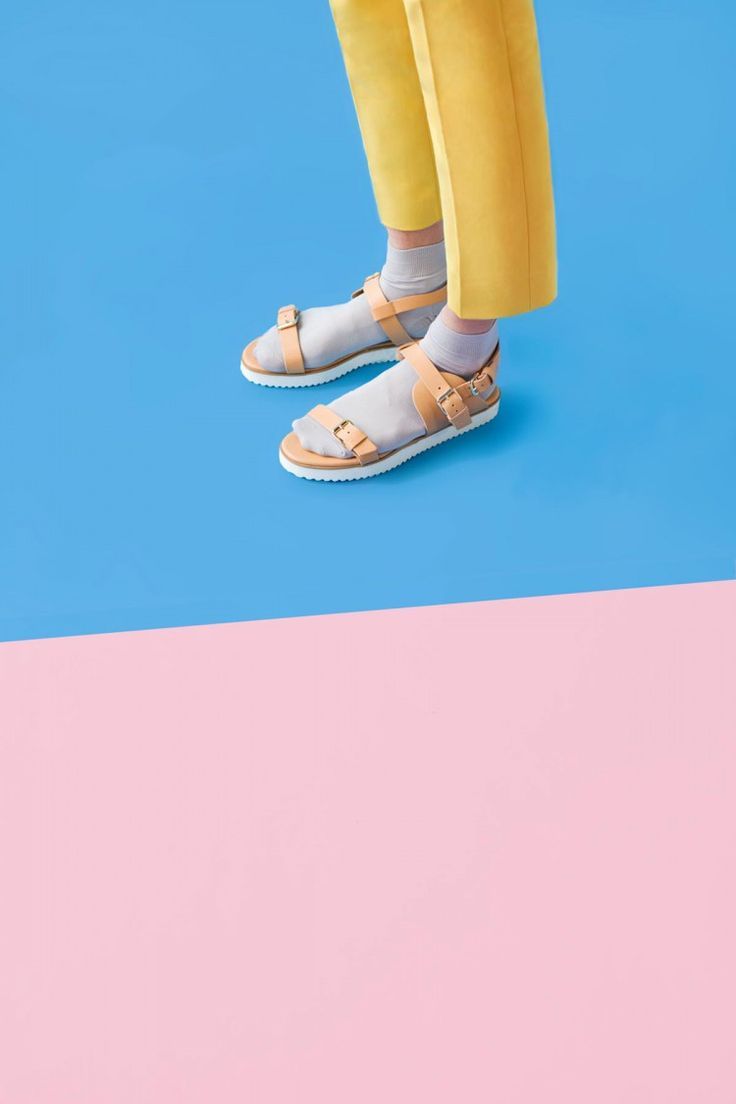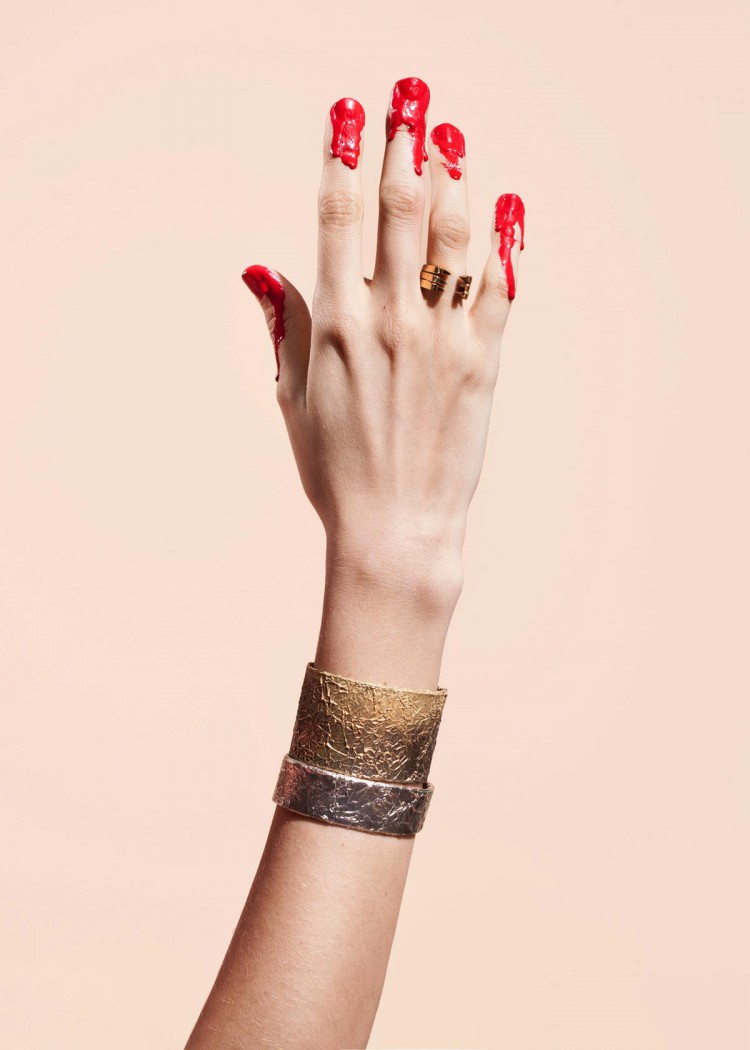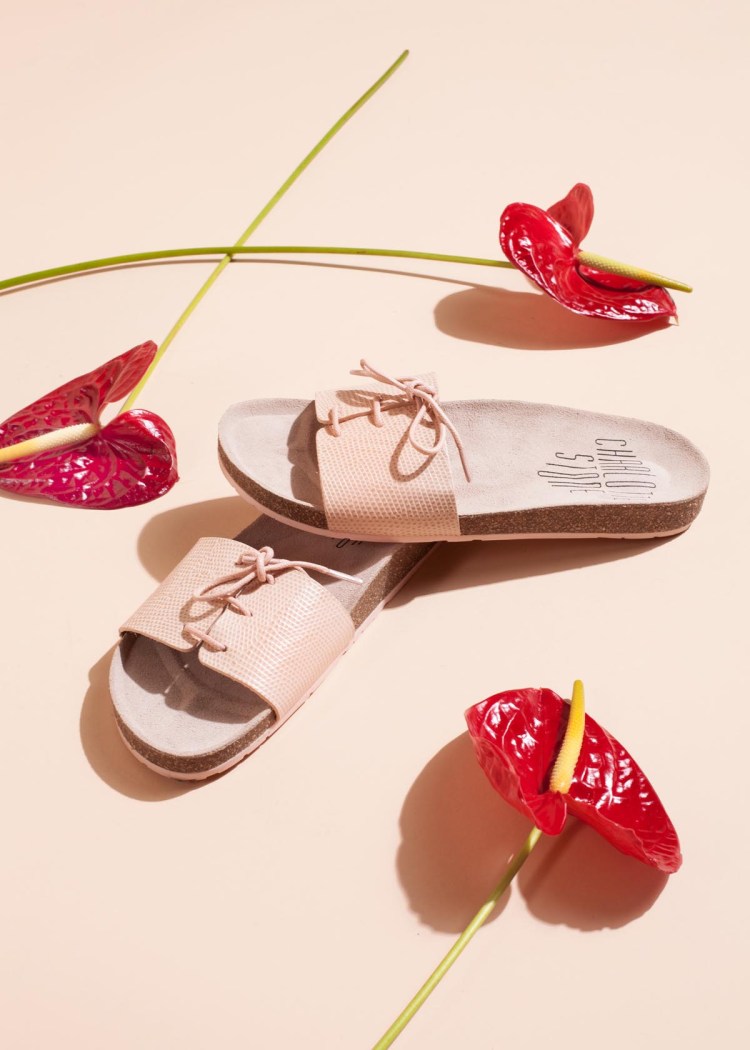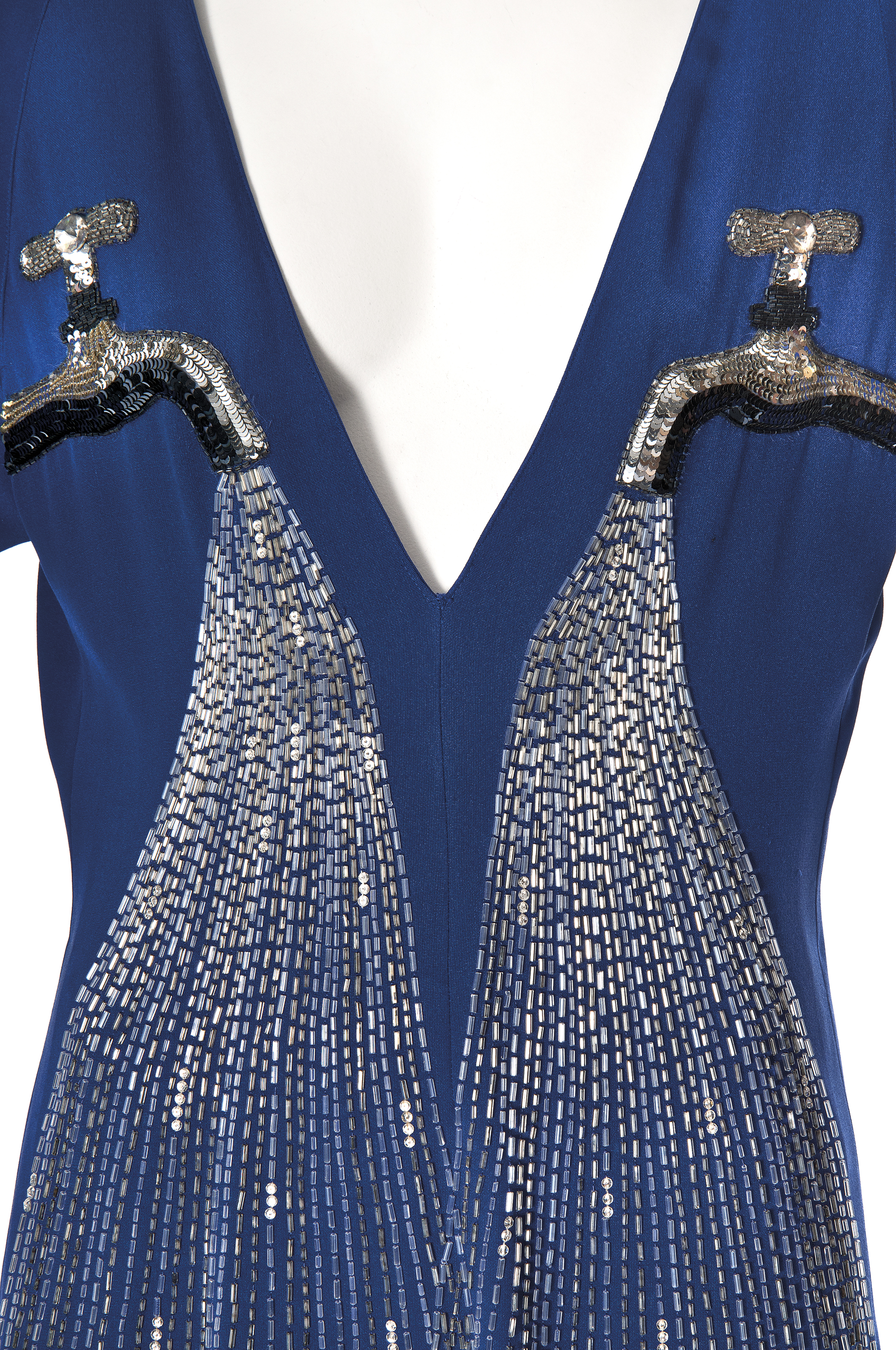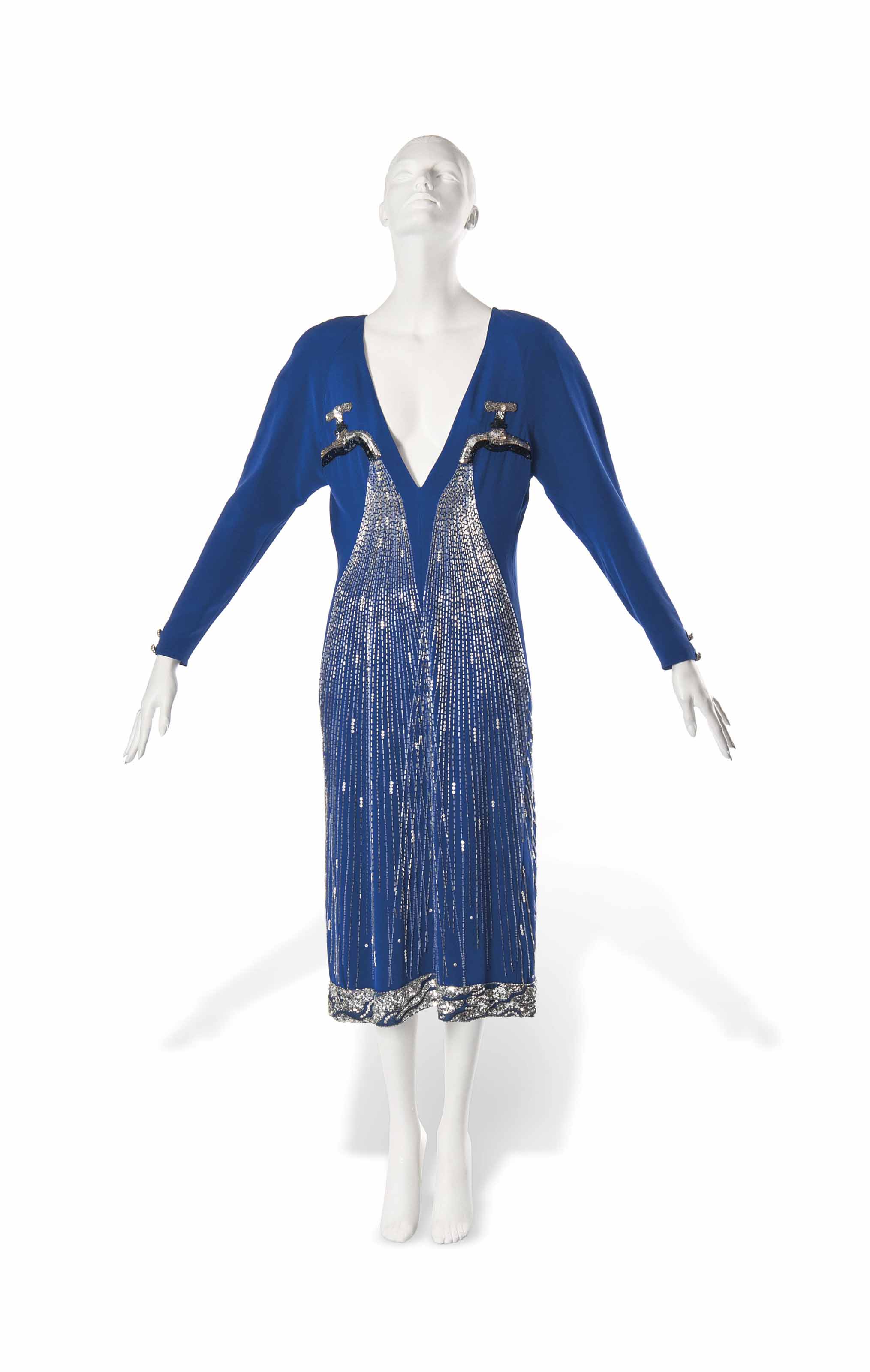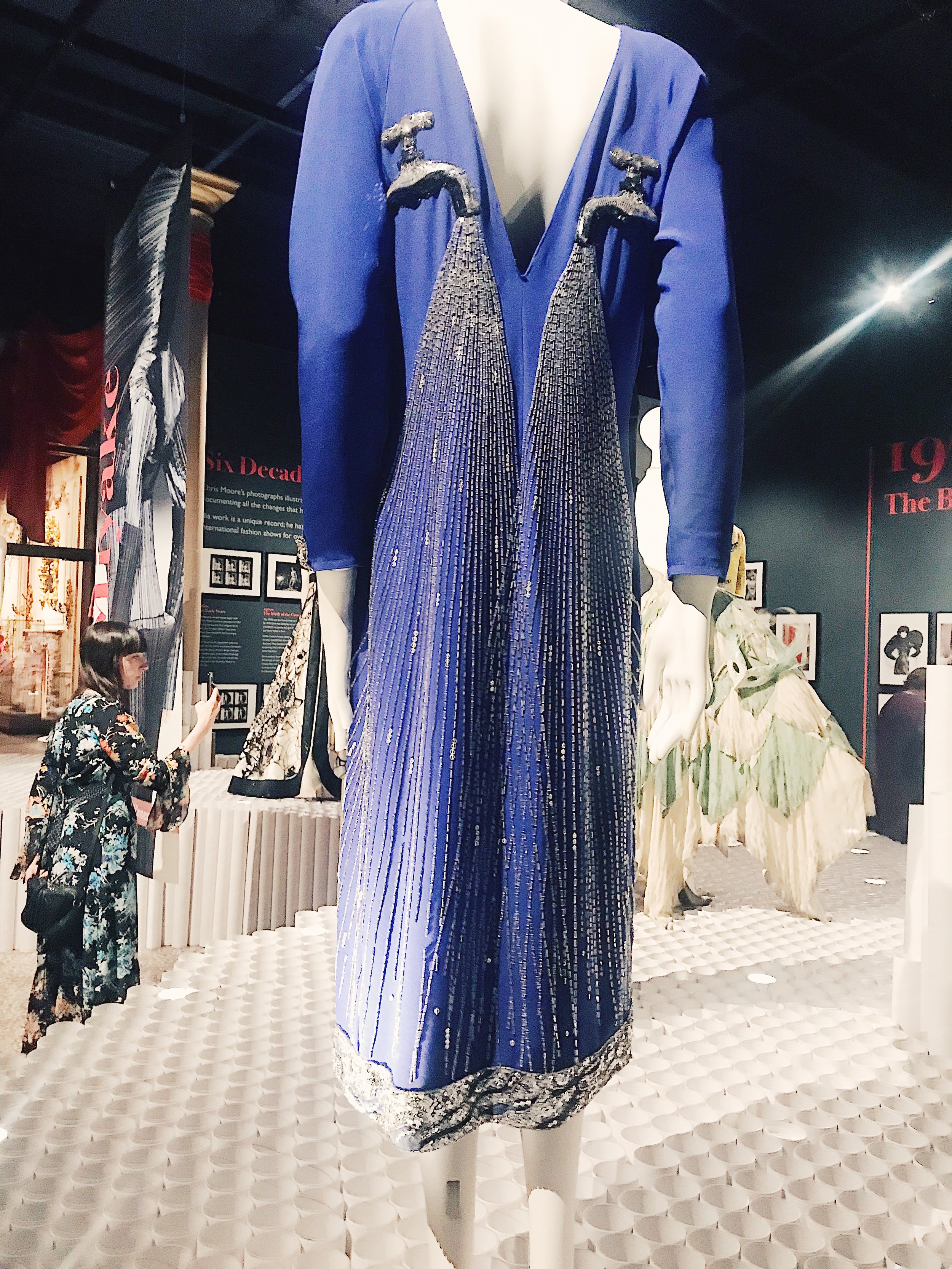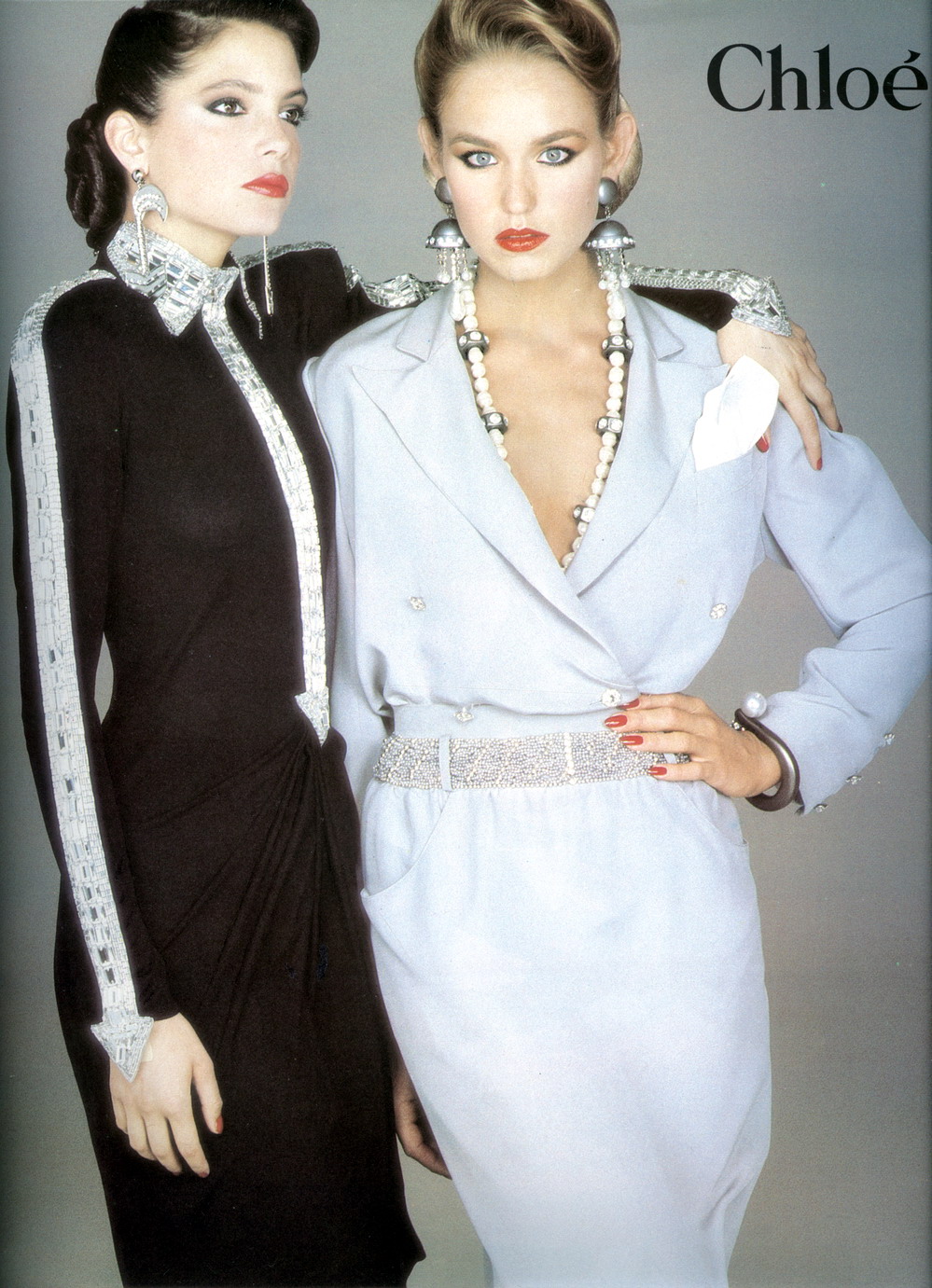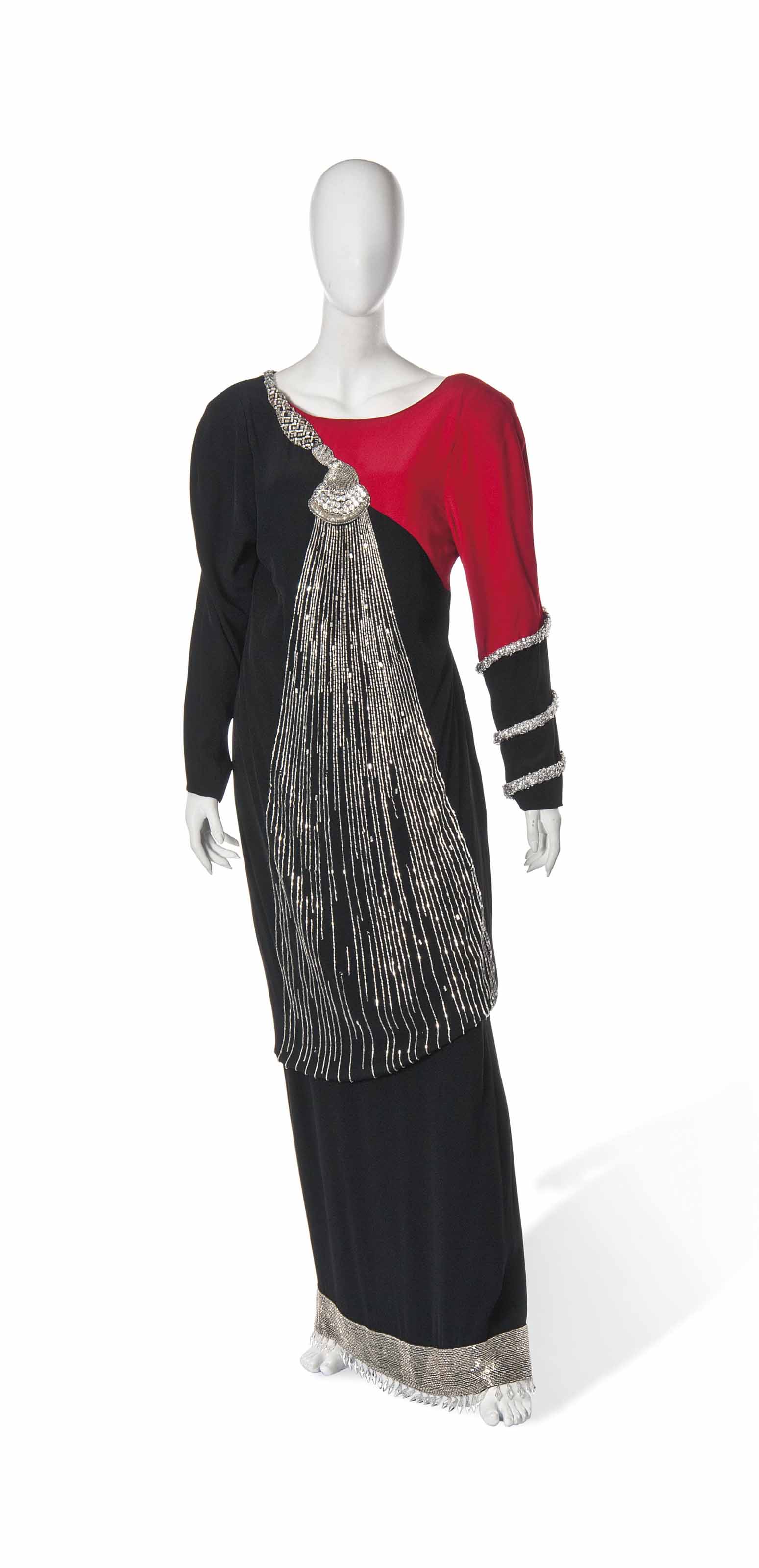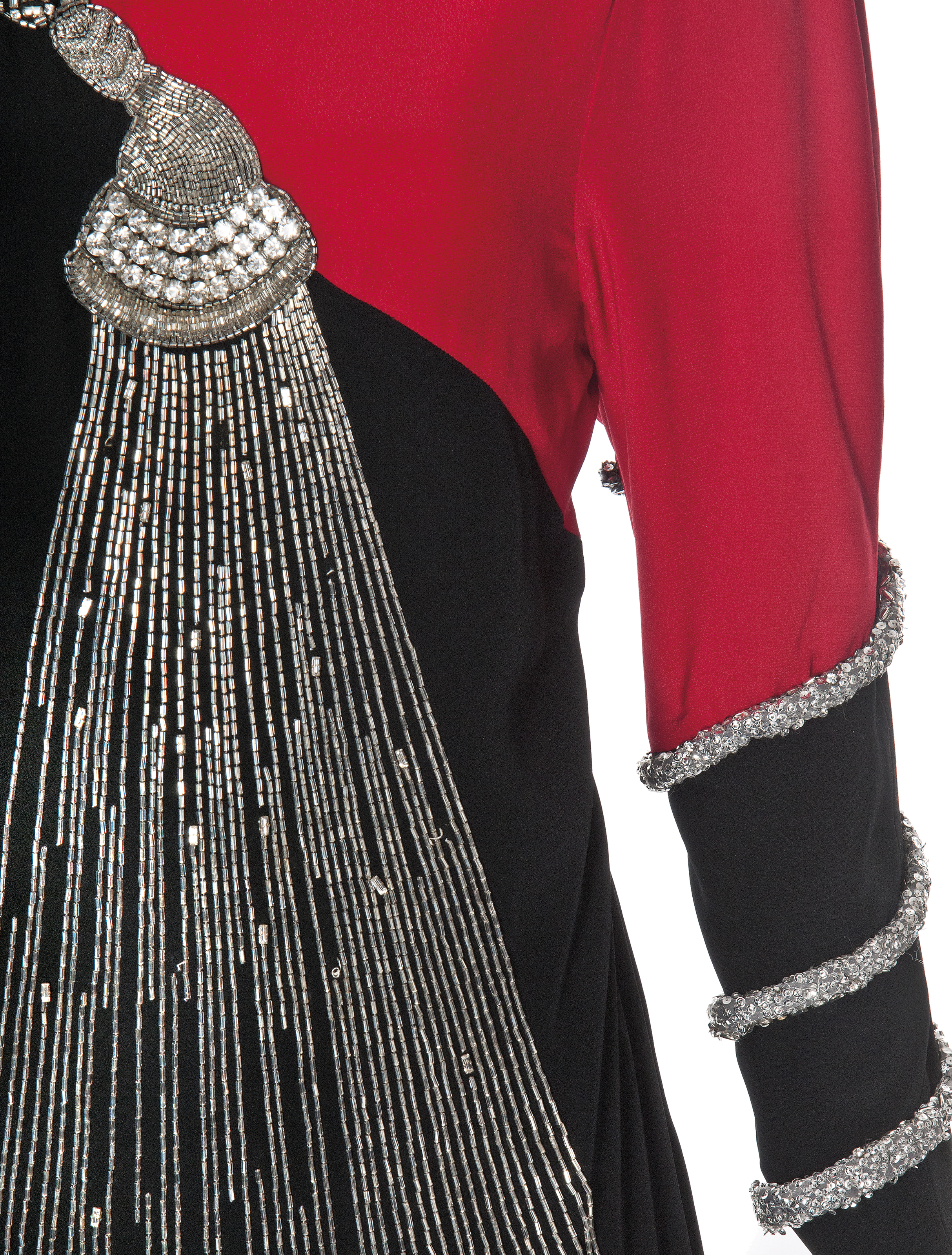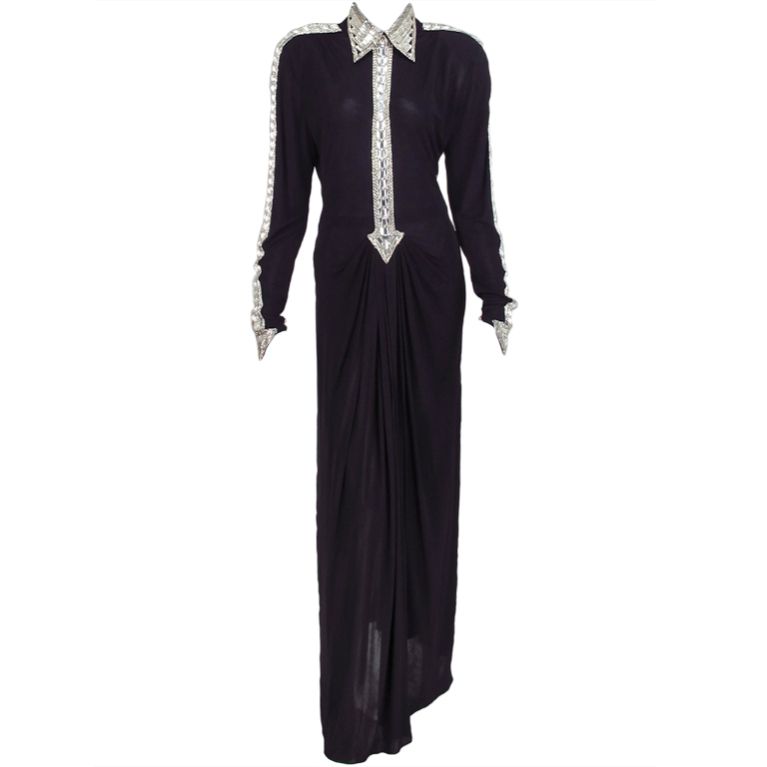If you want to understand how teenagers with an affinity for wearing loose-fitting black garments and listening to Joy Division helped to fan the flames of a moral panic in the late 80s and early 90s, you have to understand the social backdrop into which they operated.
The 80s were, in a western sense, a time of economic prosperity. As Reaganomics eased tax liabilities and regulations on businesses, fashion became about displaying your power and wealth. The clothing was as structured as the workplace. The goal was explicit: to look expensive, and by extension, successful. The blossoming self-esteem movement told people to stand upright, decked in lavish accessories, sporting a healthy tan and makeup-up that didn't fade throughout the long working days and nights entertaining corporate clients.
The gothic subculture, on the other hand, chose to eschew the capitalist values of city yuppies and the mediocrity of suburbia in favour of a nihilistic and cynical worldview. Gothic style is characterised first and foremost by the colour black, but other flourishes included Victorian elements inspired by the literature of the (original) Gothic period.
The core elements of the gothic style are the antithesis of power-dressing. Garments are shapeless, not structured. They do not include logos or branding, preferring anonymity. They are androgynous, rather than exaggerating the features of either gender.
The makeup favours a pale face and exaggerates dark purplish/black eye makeup and lips. Like the Geisha, the makeup is chosen to create a mask-like appearance that fosters an ambiguity of facial expression. Whilst it is true that the desire to recreate a "deathly pallor" is linked to a romantic fascination with death - this is often wrongly conflated with a desire to inflict it or be around it.
Where gothic style elements bled into anarchic punk and taboo fetishism, so did the associated illicit connotations. To a conservative Christian-centric media with a less nuanced understanding of the fluid but the fragmented subcultural landscape, these merged into one sinful, scary, unpredictable mass.
The backdrop of sheltered, small-town America provided the perfect environment for teens to experiment with goth culture. Goths enjoyed the utter confusion, or abject horror, with which their socially and sartorially conservative communities responded to them. It was a relatively low-effort way of rebelling against the status quo: wear black, get into moody music, experiment with paganism and piss off all of your relatives in the process.
But it is important to note that occultist symbolism was a lot more present in gothic culture than occultist practice ever was. Most Goths felt a strong affinity to cultural touchpoints embedded in punk music and were influenced by medievalism. Skulls, Latin bible verses, demonic incantations... these motifs are attractive to Goths because of their esotericism: they provide the components of a coded language whose obscurity allowed adherents to feel part of a chosen few. A shared understanding: arguably the most fundamental element of any subculture.
The tide turned from social tension into something far more tangible and frightening when a spate of violent crimes interpreted as satanic acts was blamed on young people who subscribed to gothic culture. The nihilism of the Columbine shooters, and their written ramblings explaining how ‘othered’ they felt, was taken by the media to mean that they were 'goths' of some iteration. They were isolated from the archetypal Jocks and Cool Kids of American High School Culture whom they at once hated but desperately wanted to be.
This story of the Satanic Panic and the Goths falsely understood as instigators and held up as scapegoats for a spate of violent crimes serves as a pertinent reminder on the Manichean nature of mainstream media narrative. Lack of nuance and hyperbole employed to fuel the 24-hour news cycle only worsen the chasm between reality, understanding and tolerance. Any counterculture that exists as a movement challenging or actively going against this, risks being scapegoated for any number of social ills. It should come as no surprise that this same media will reflect back and amplify by virtue of medium the more widely held prejudices against them.
Sources
“The gothic folk devils strike back! Theorizing folk devil reaction in the post-Columbine era” - Richard Griffiths, 2010
“Marilyn Manson is Not Goth: Memorial Struggle and the Rhetoric of Subcultural Identity” - Joshua Gunn, 1999
“Violent media, guns and moral panics: The Columbine High School massacre” - J Springhall, 1999










